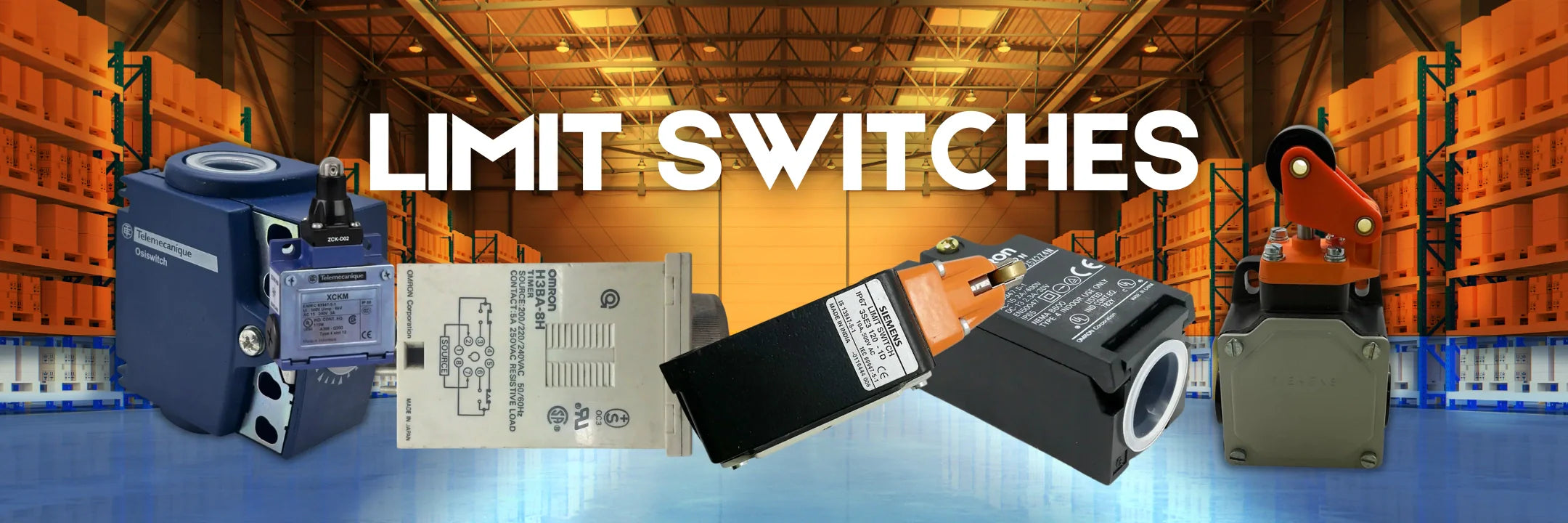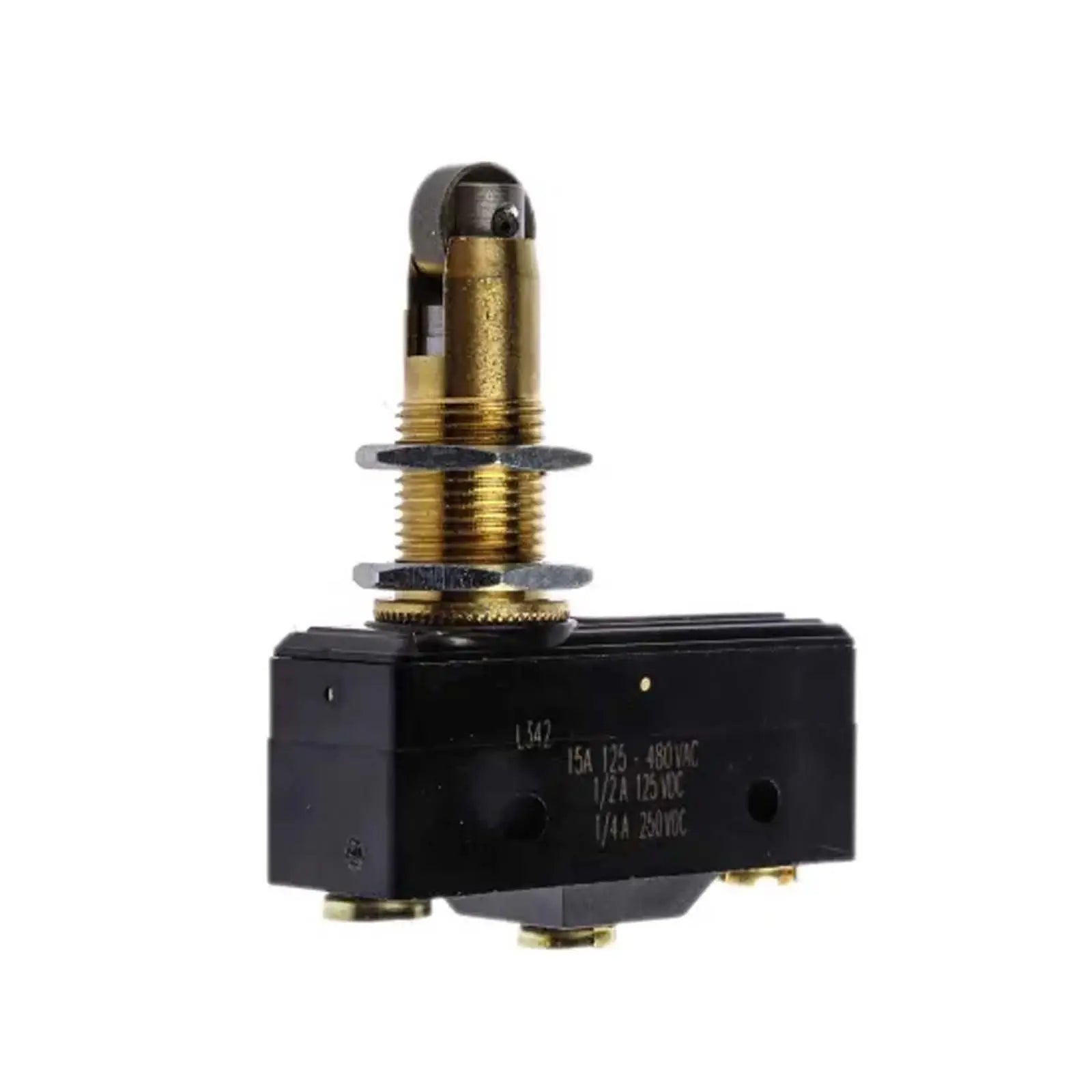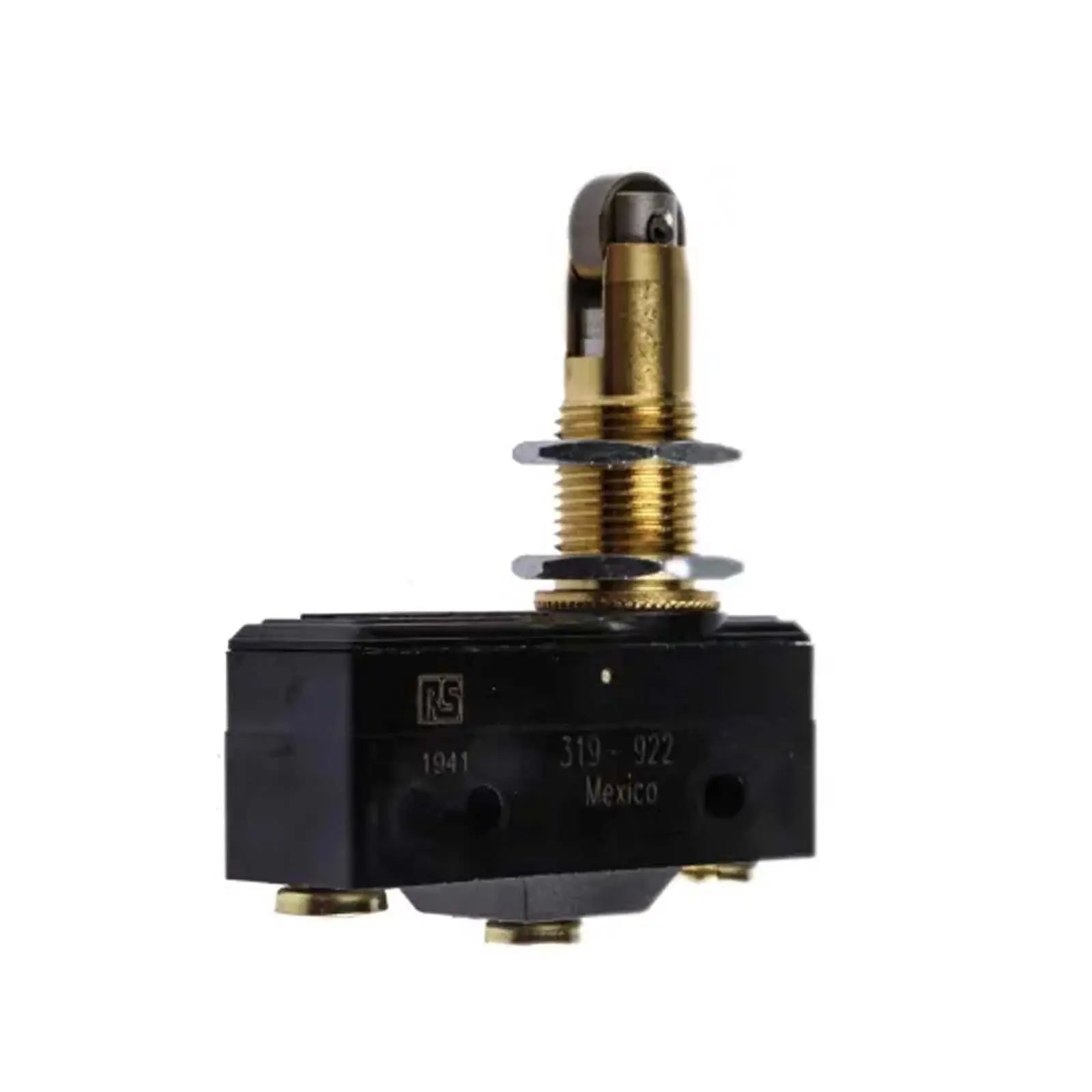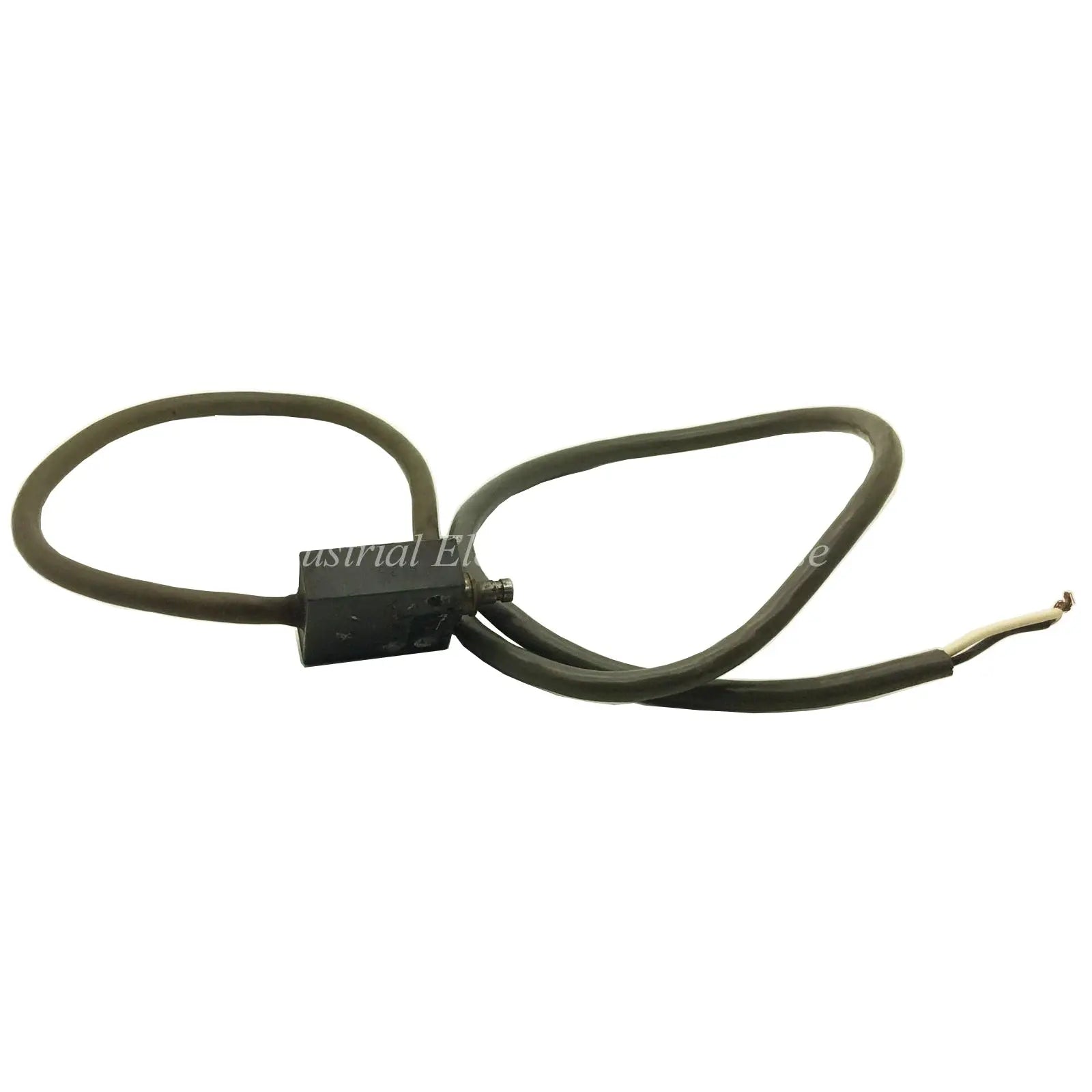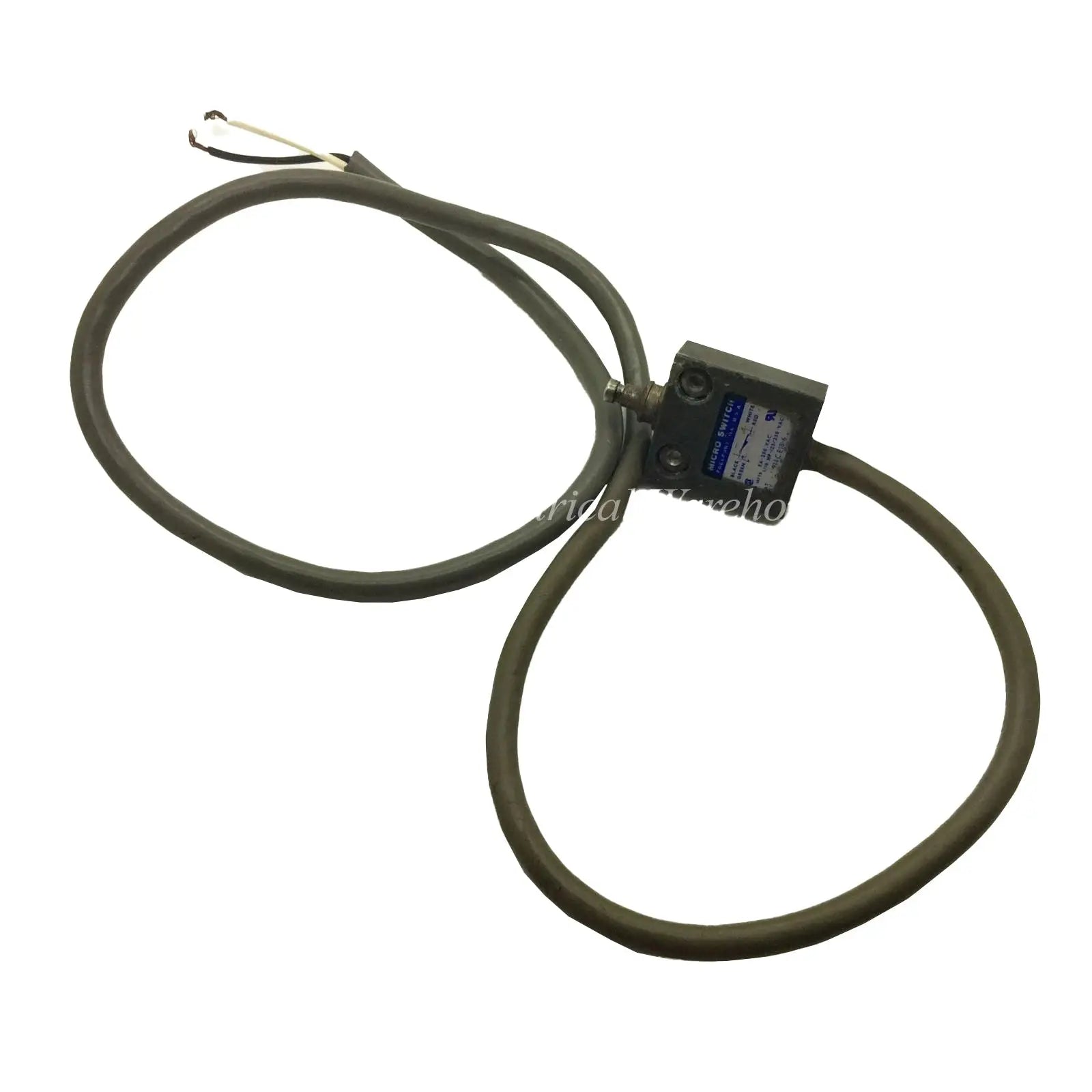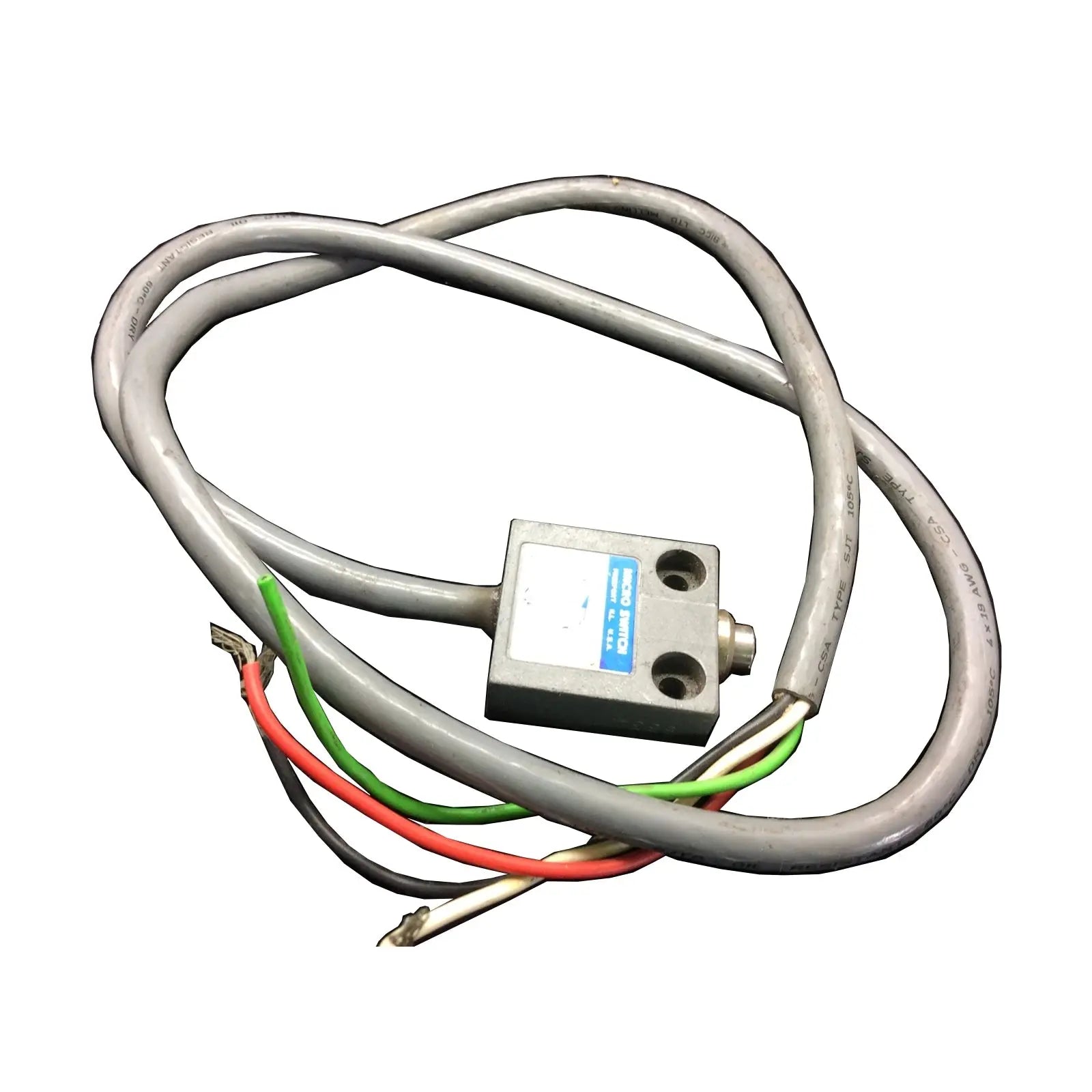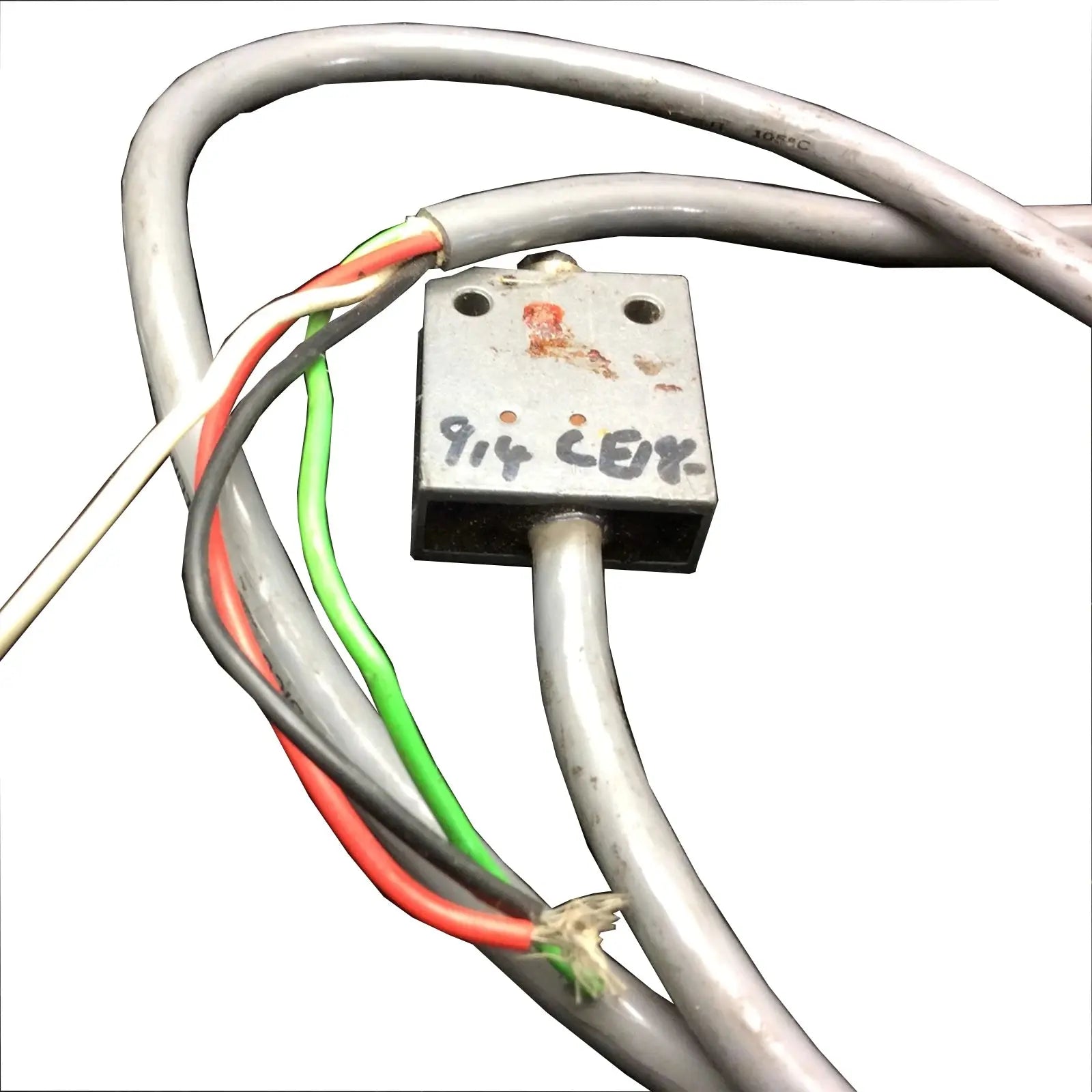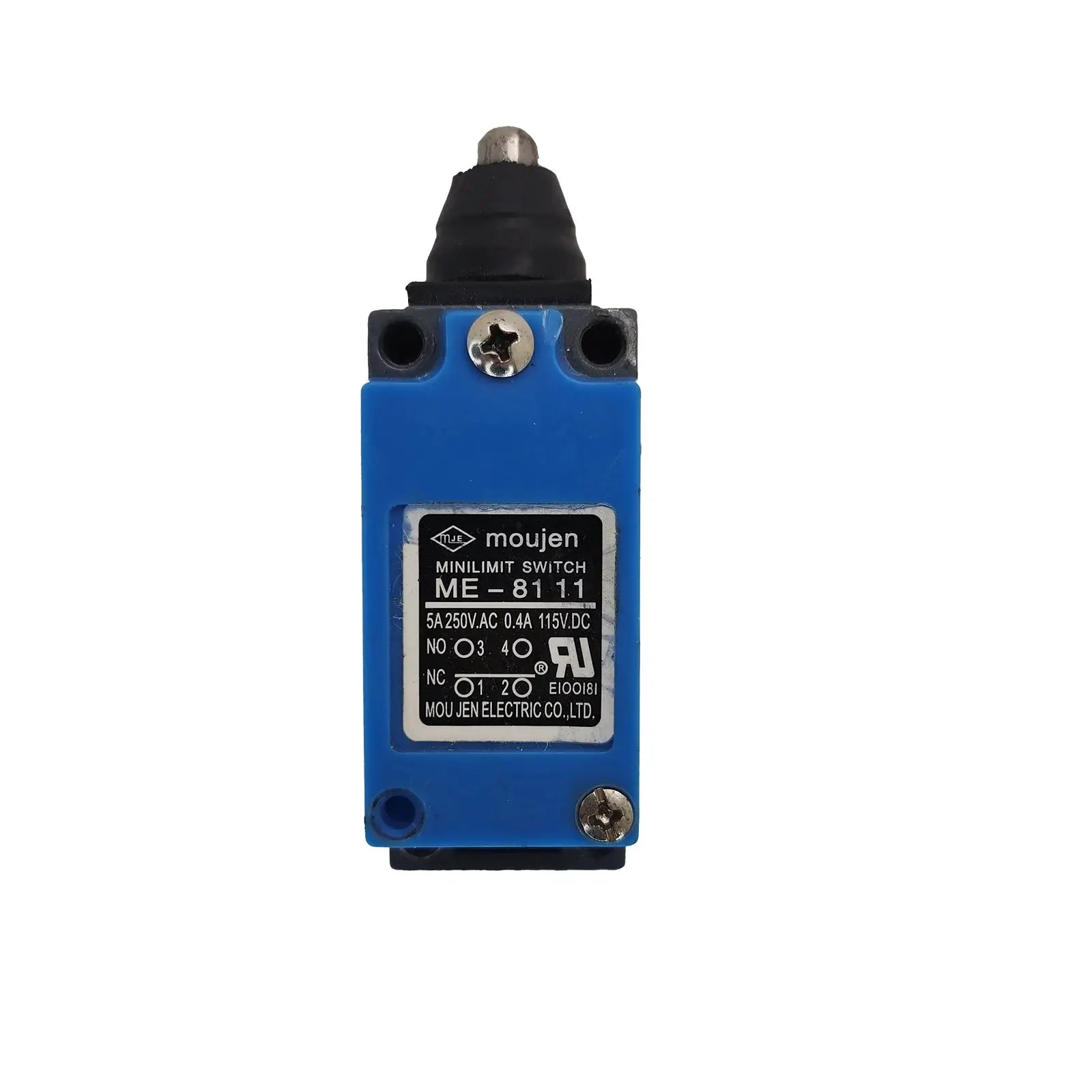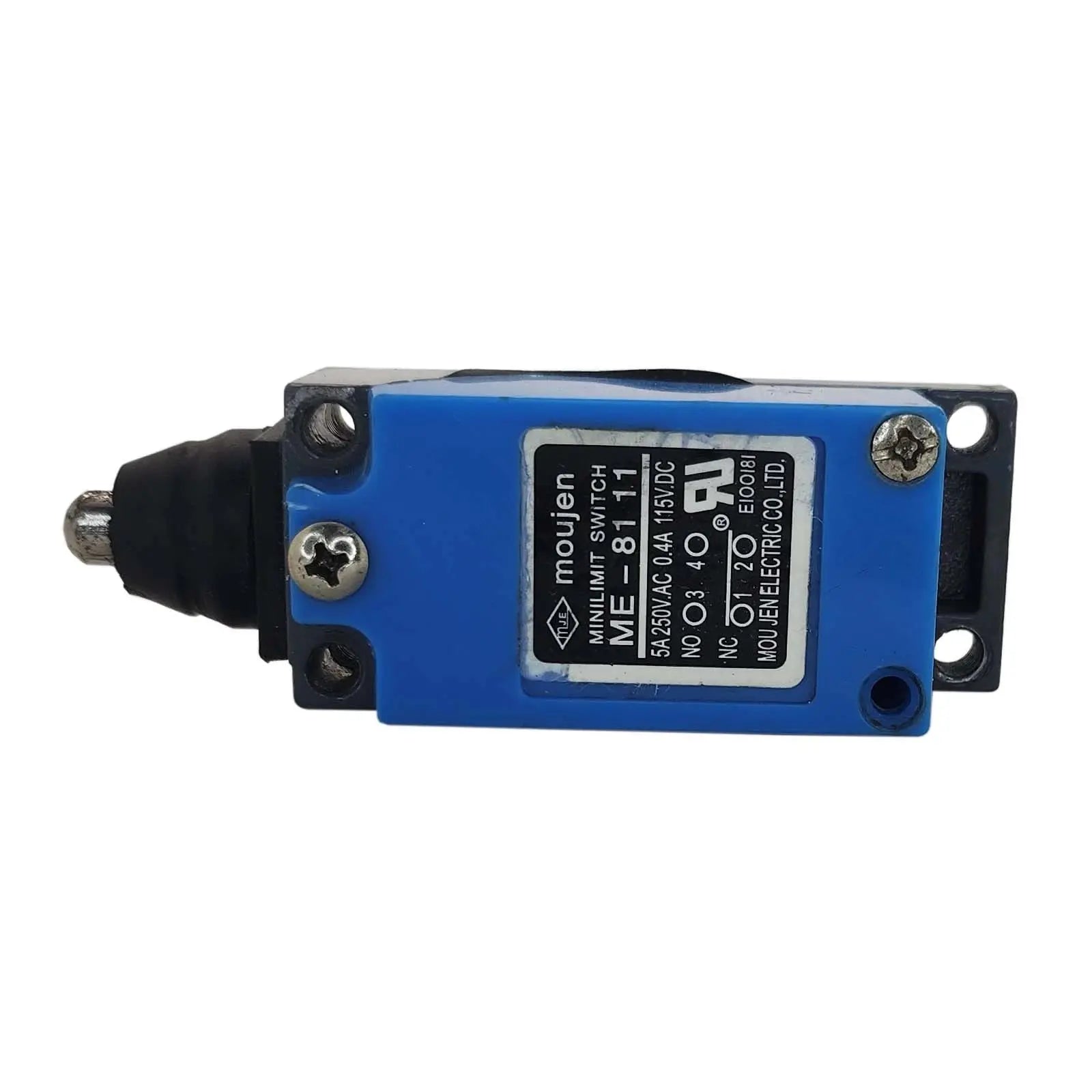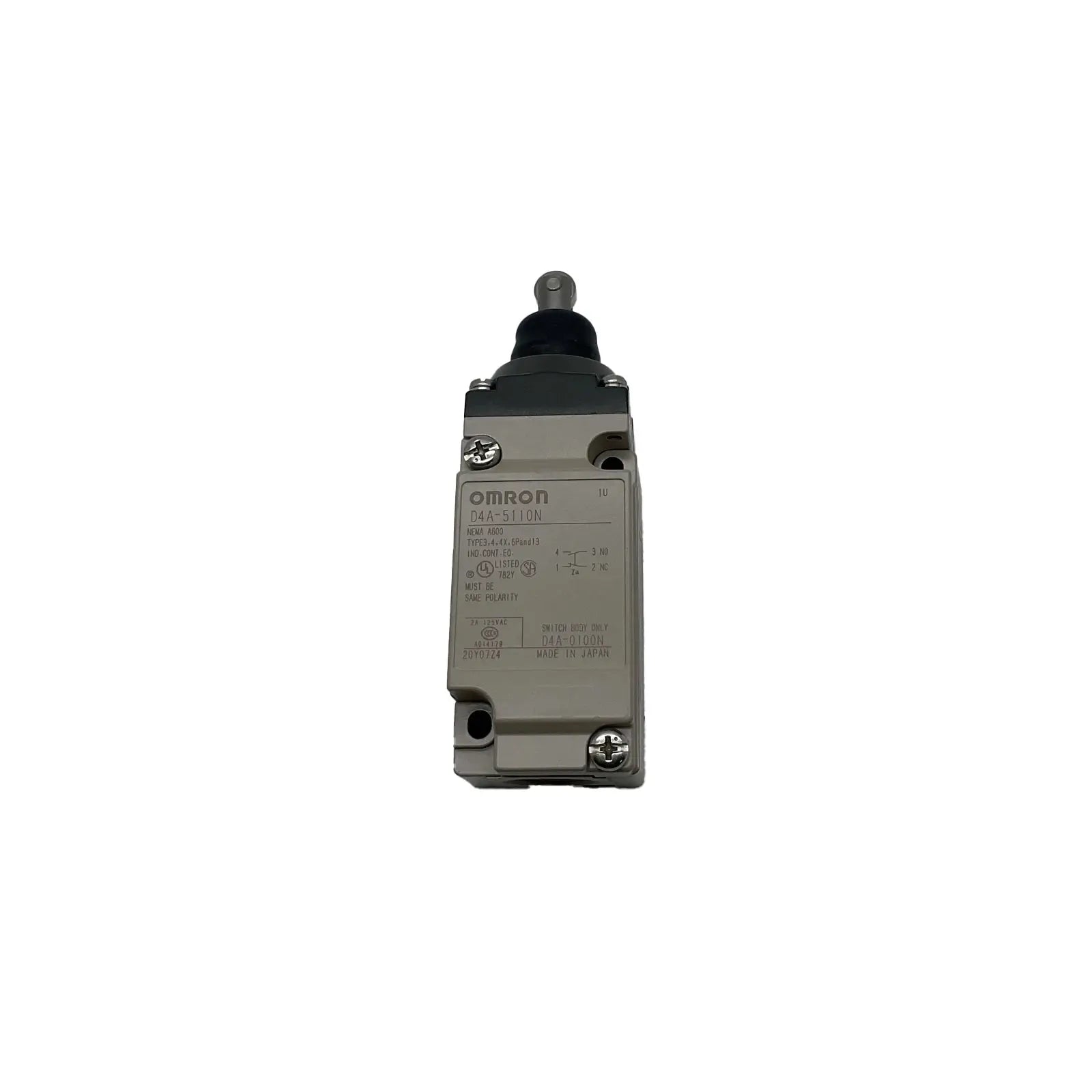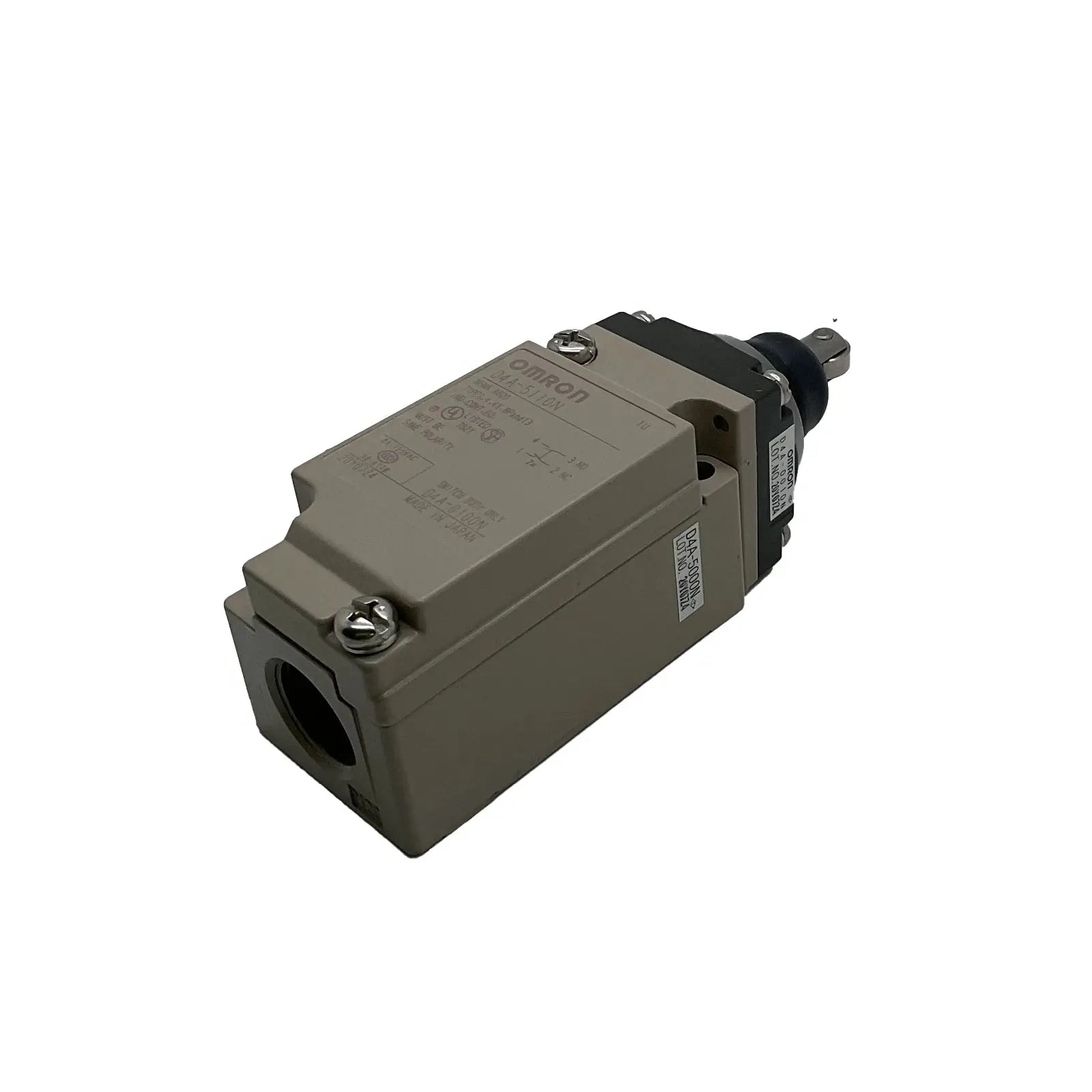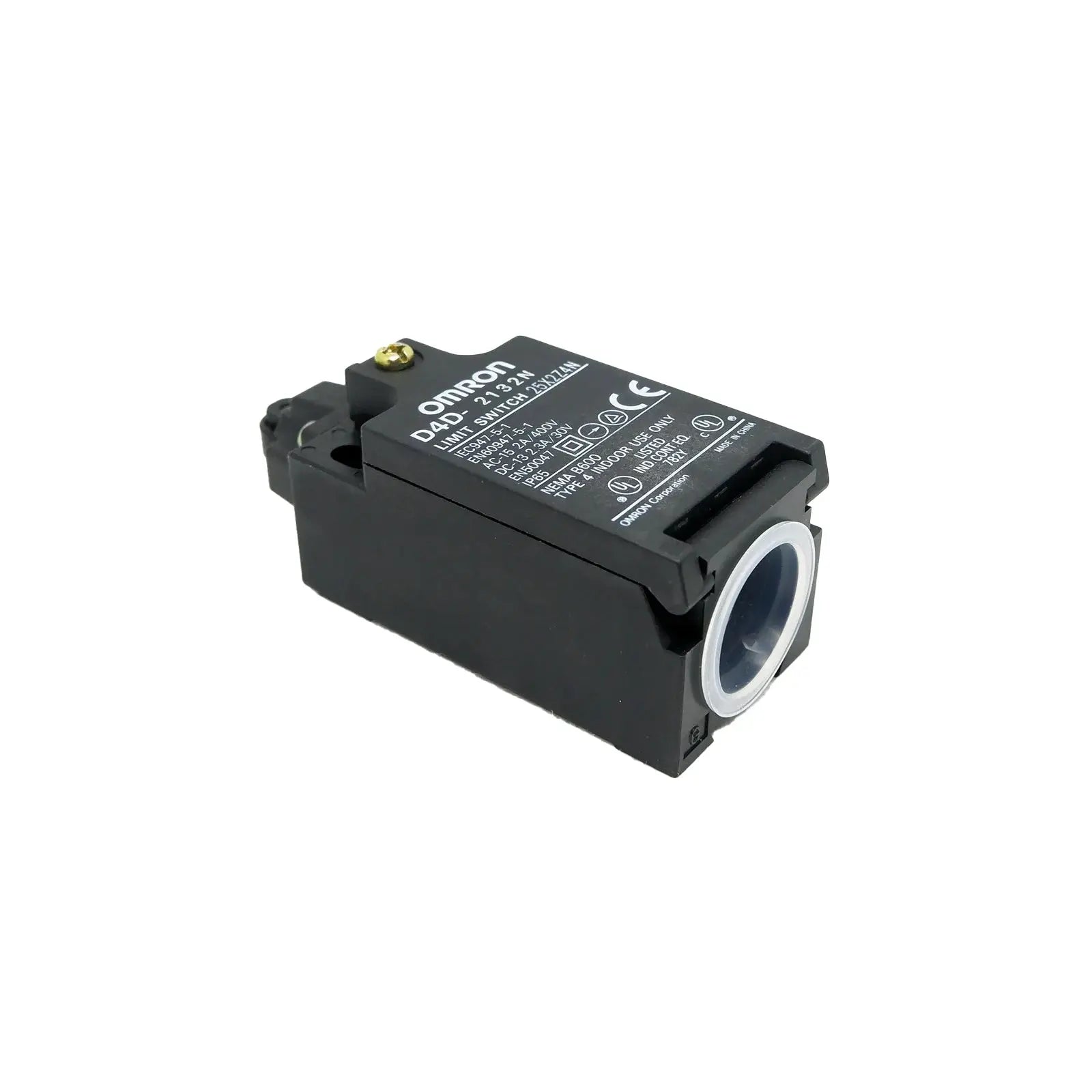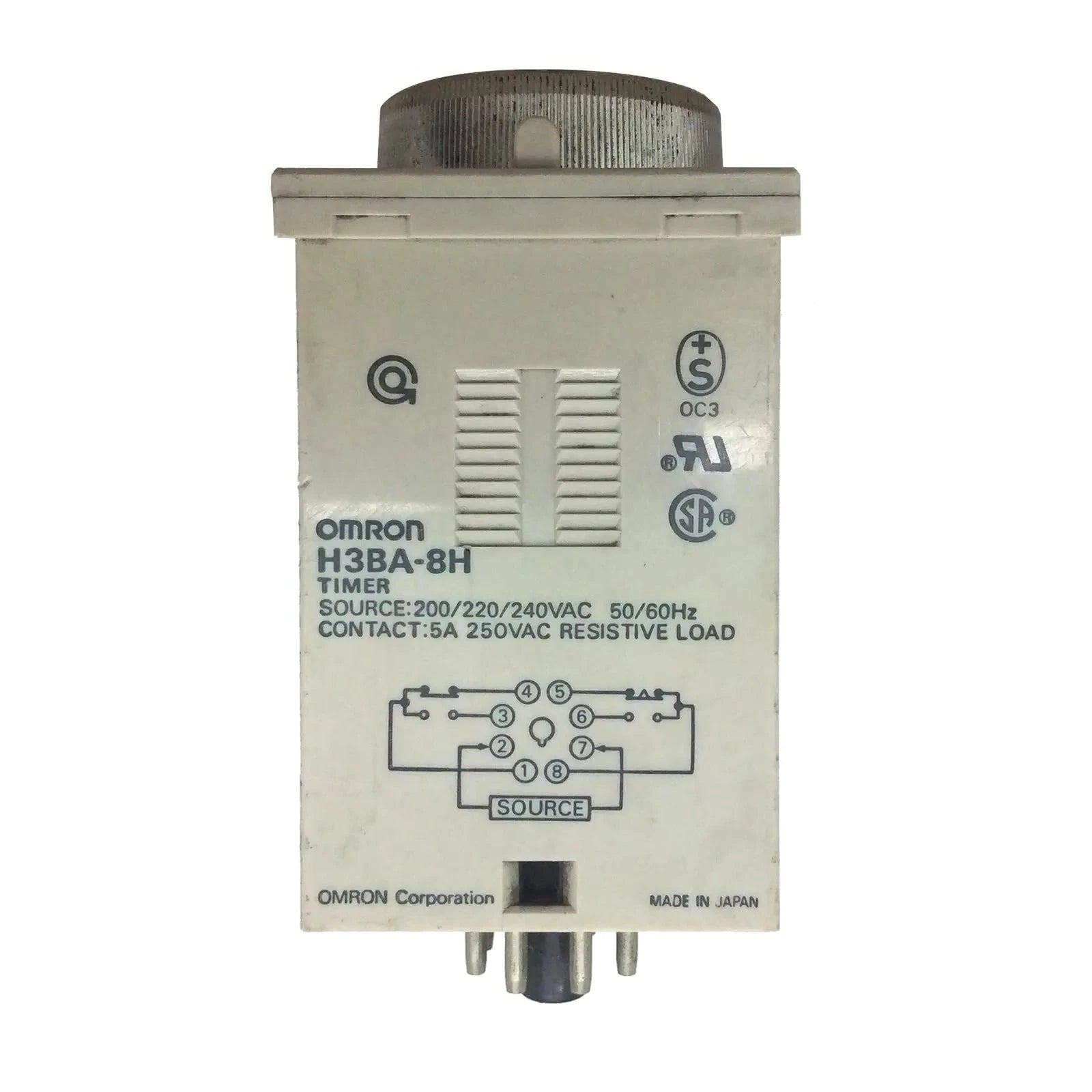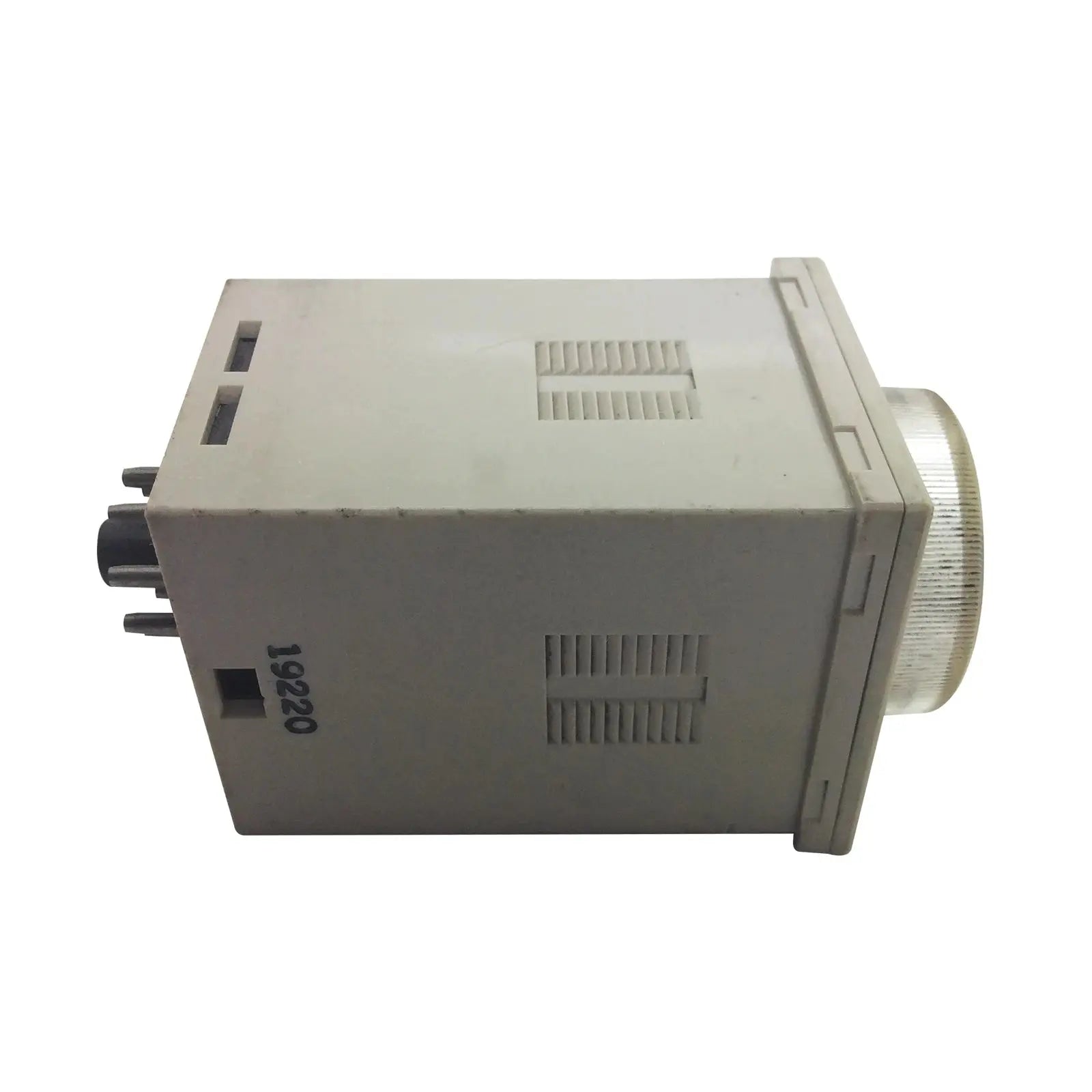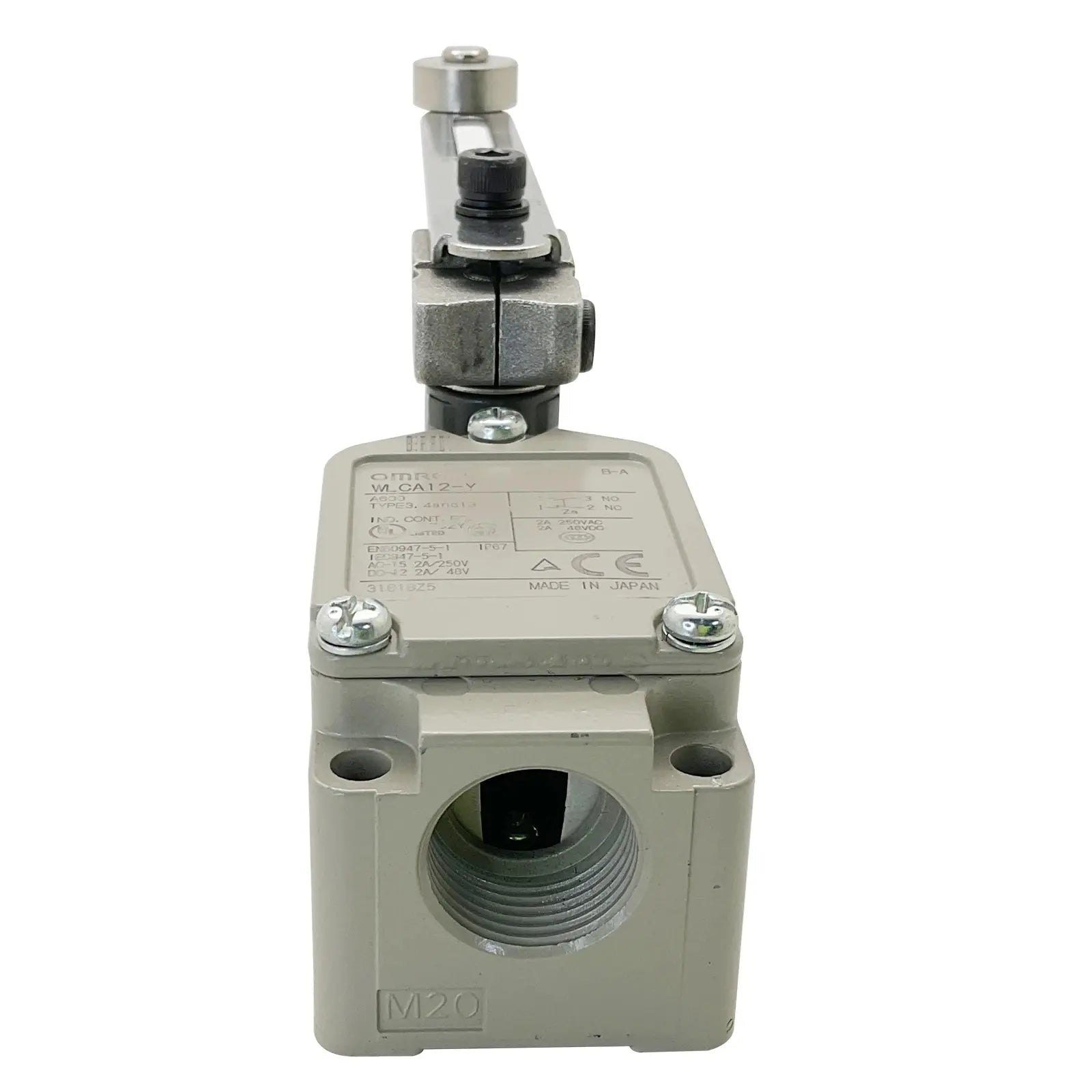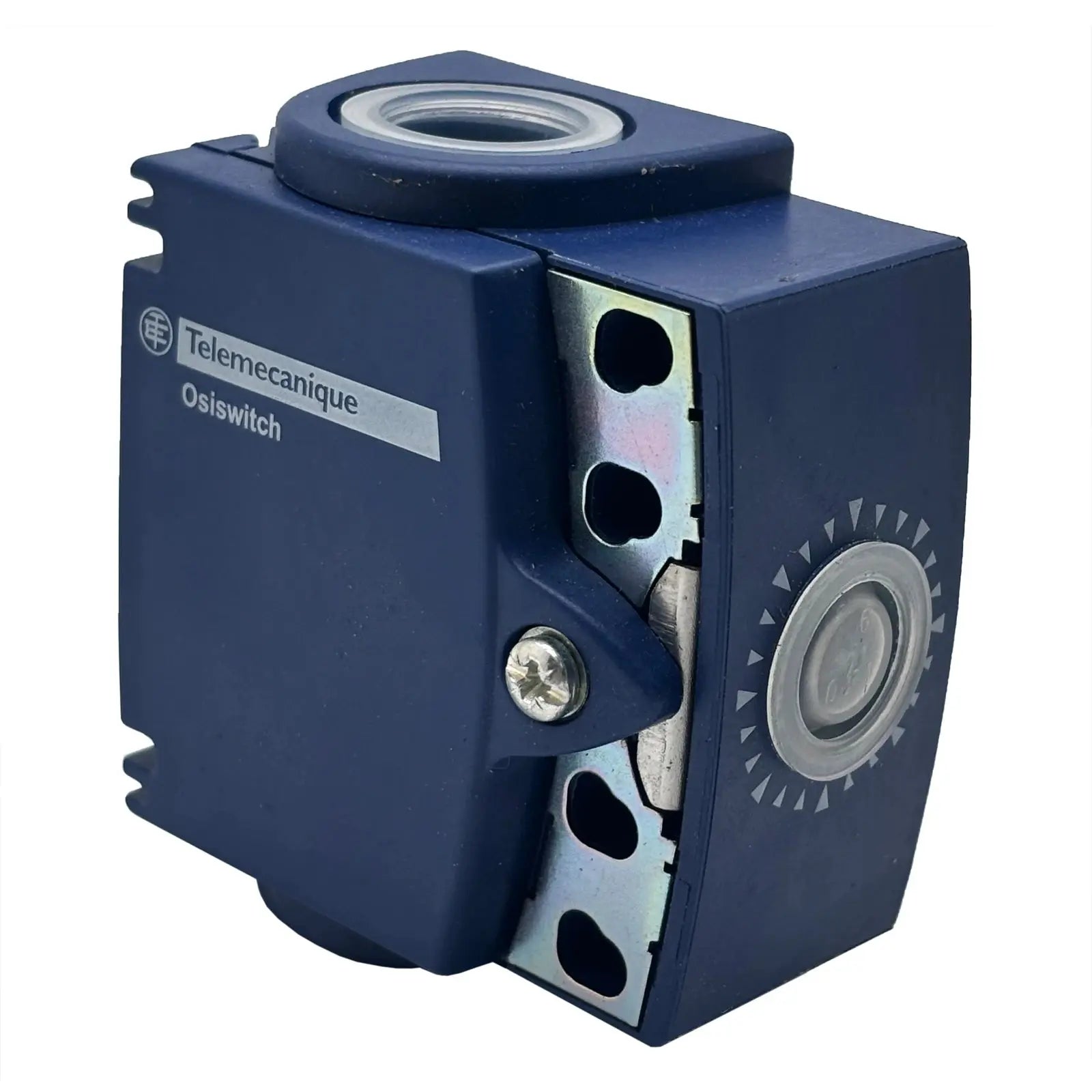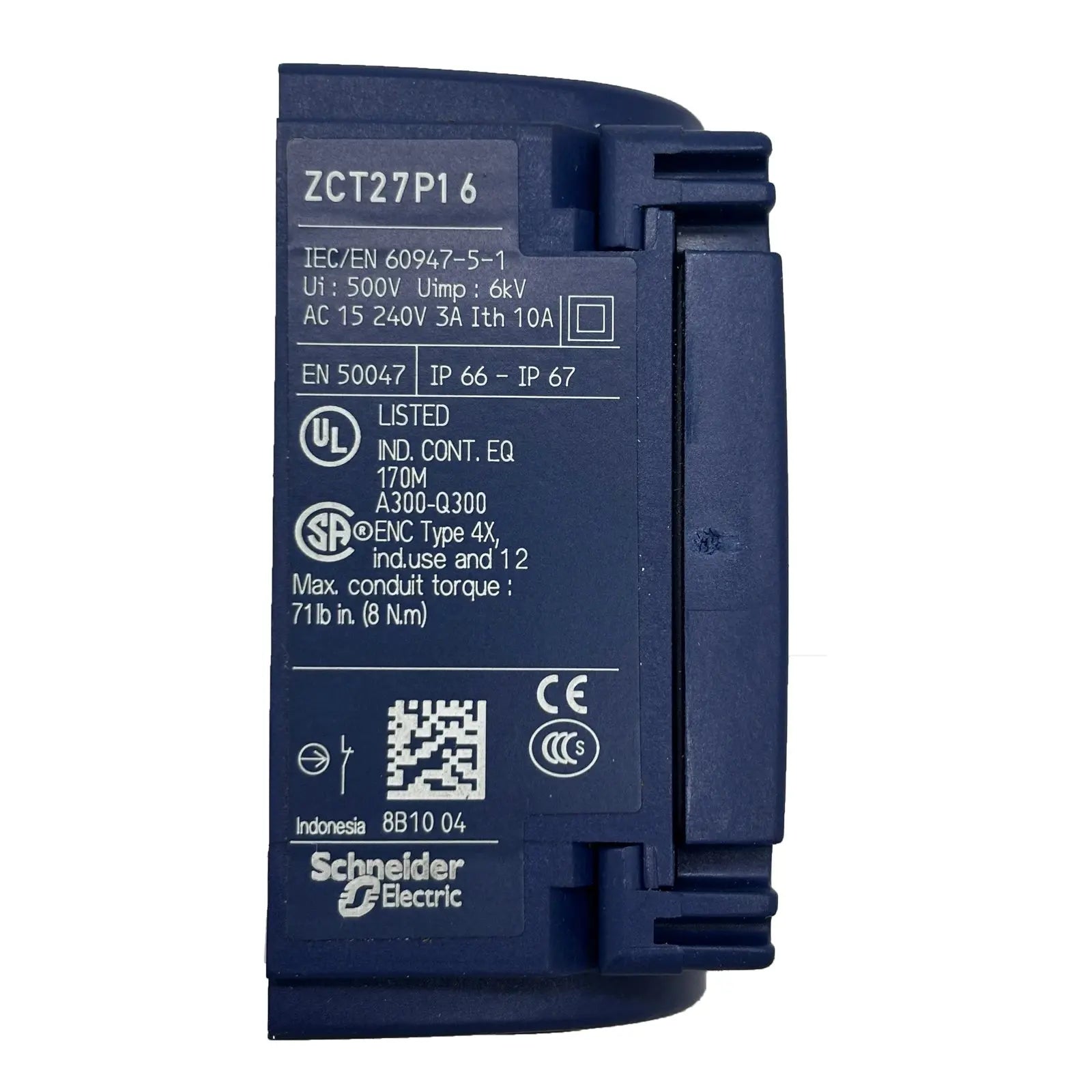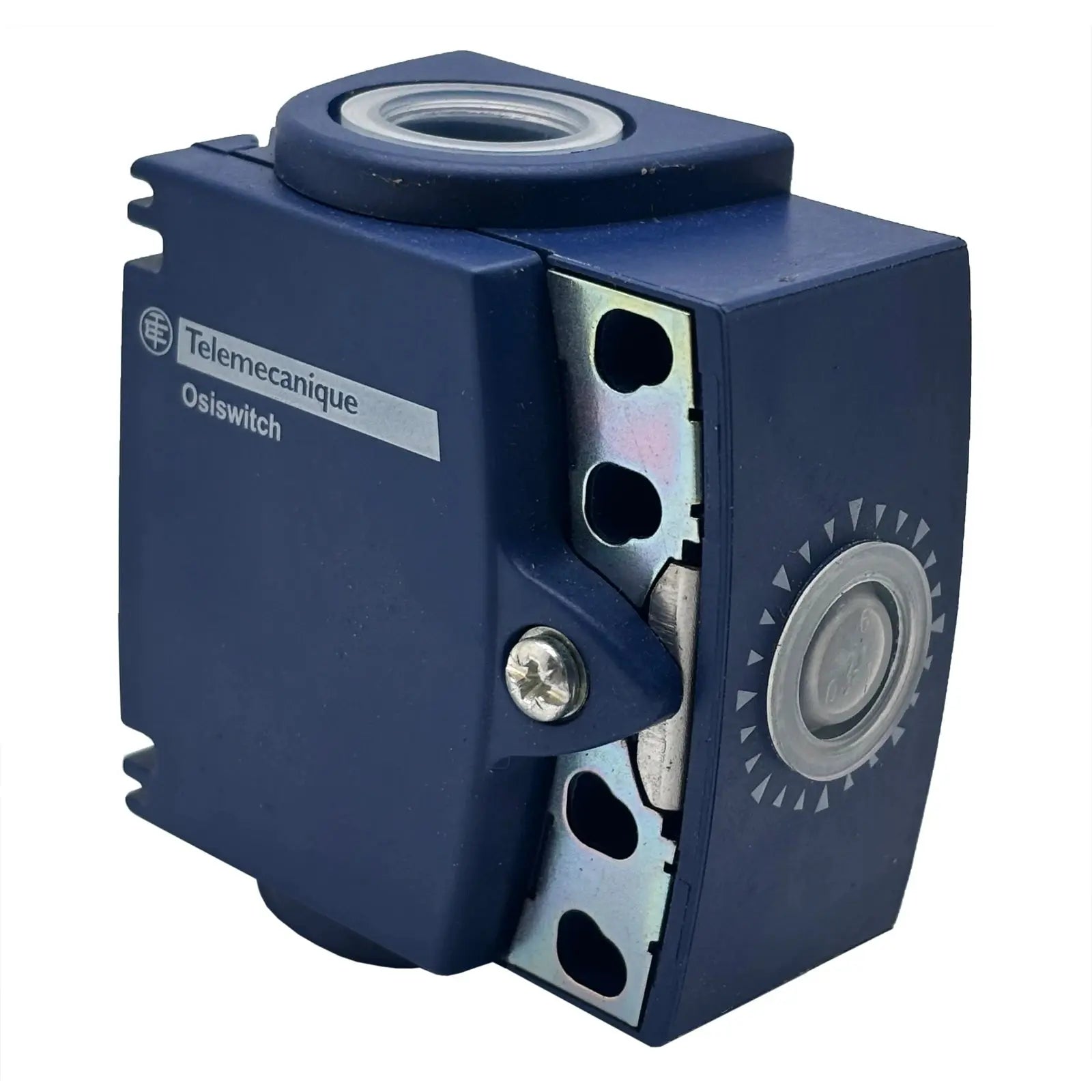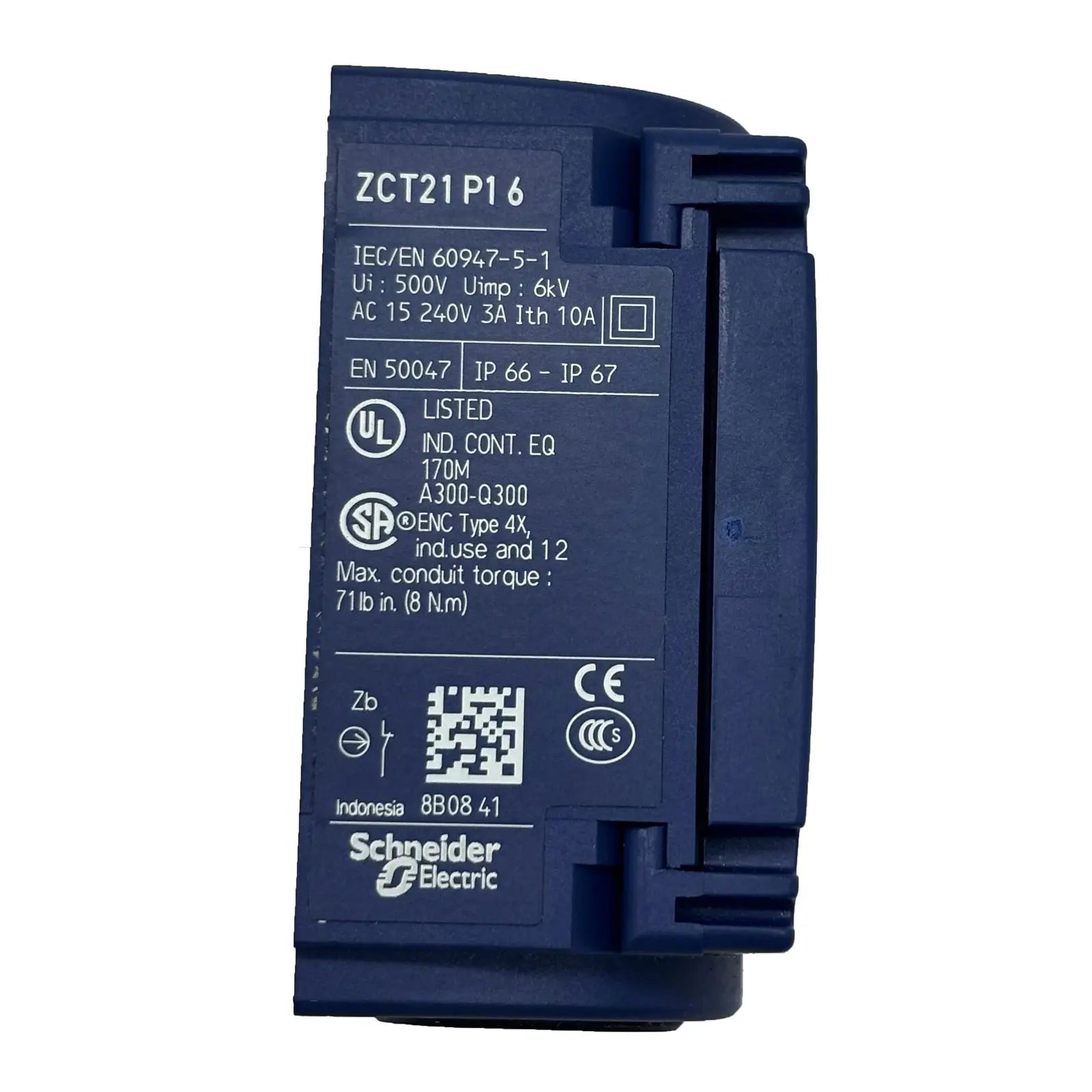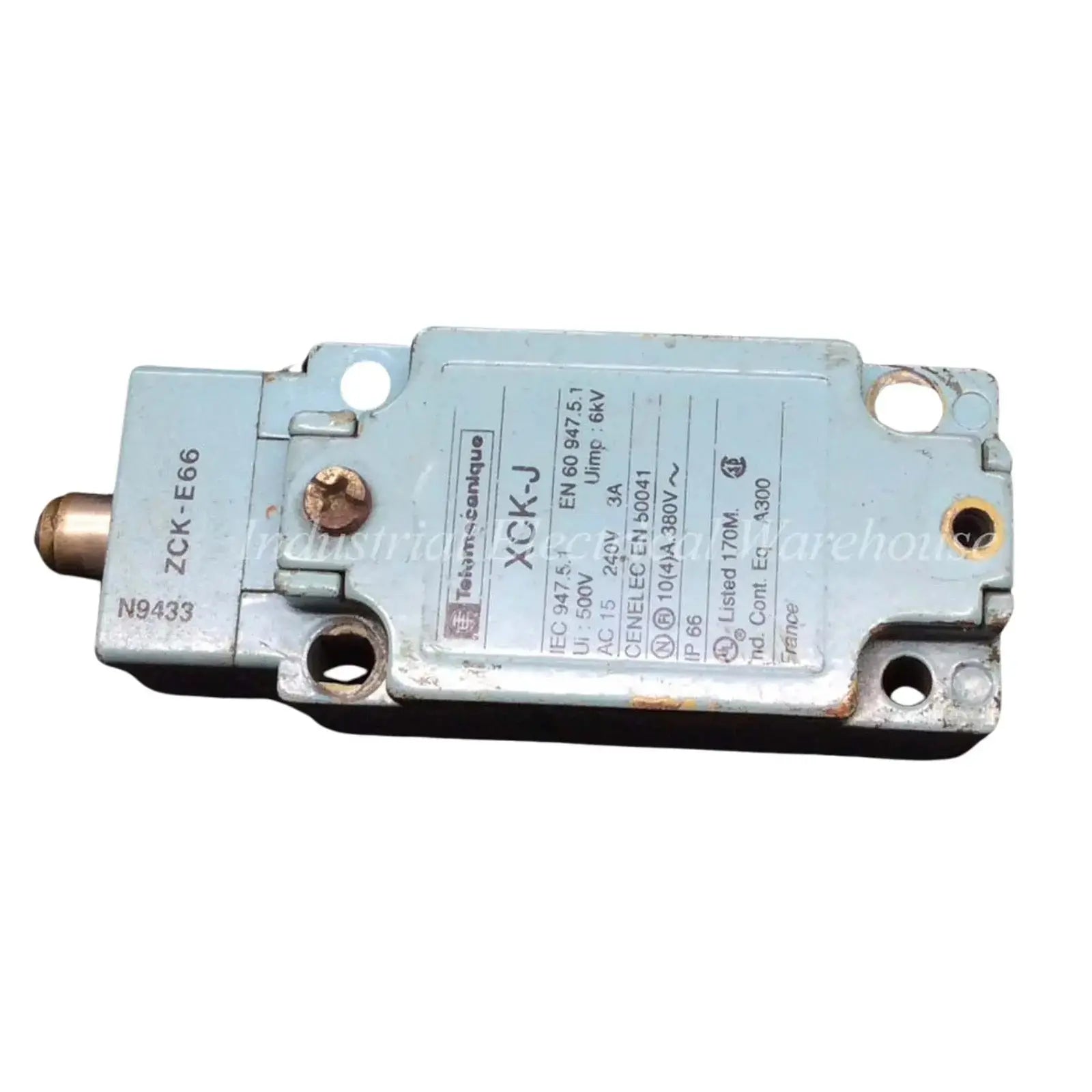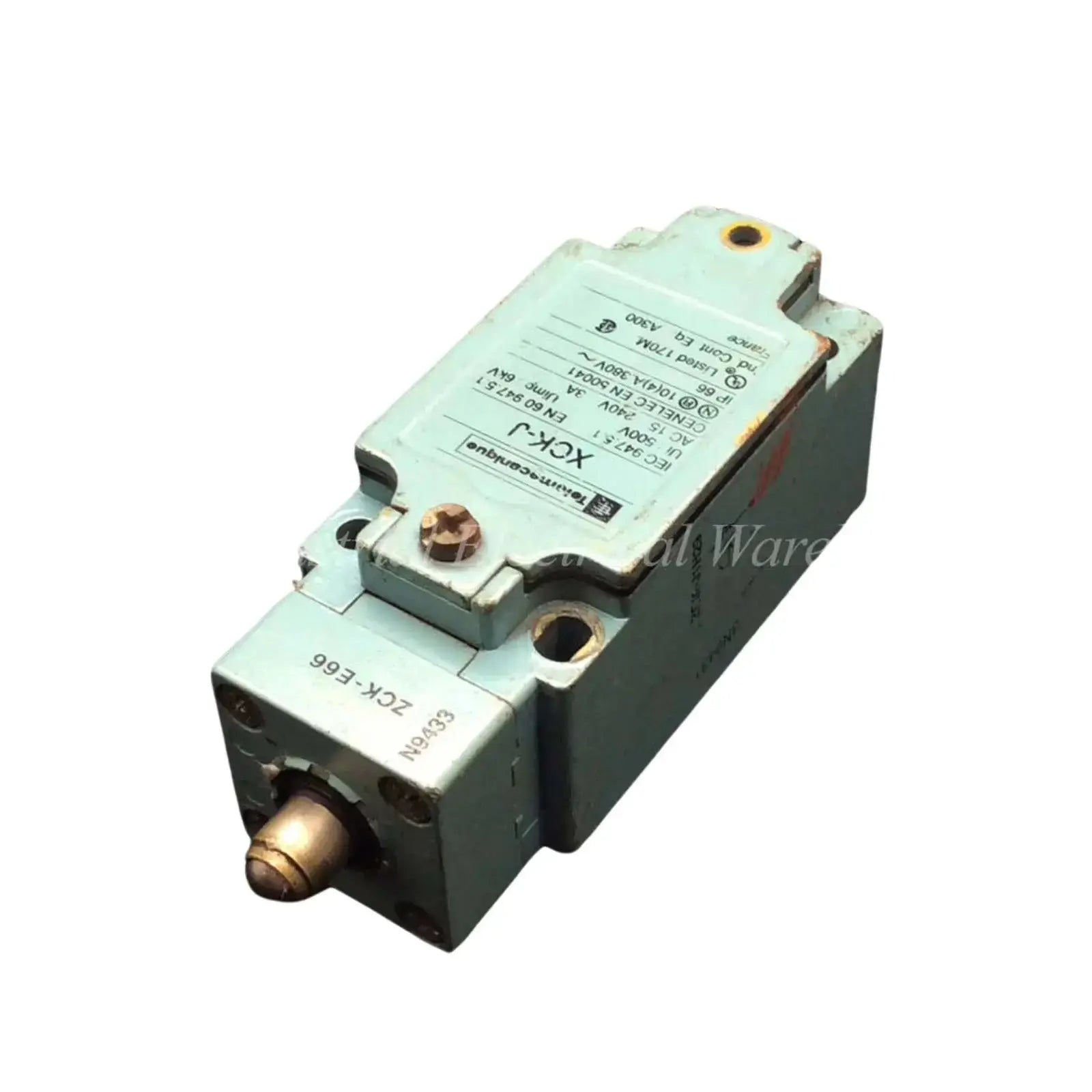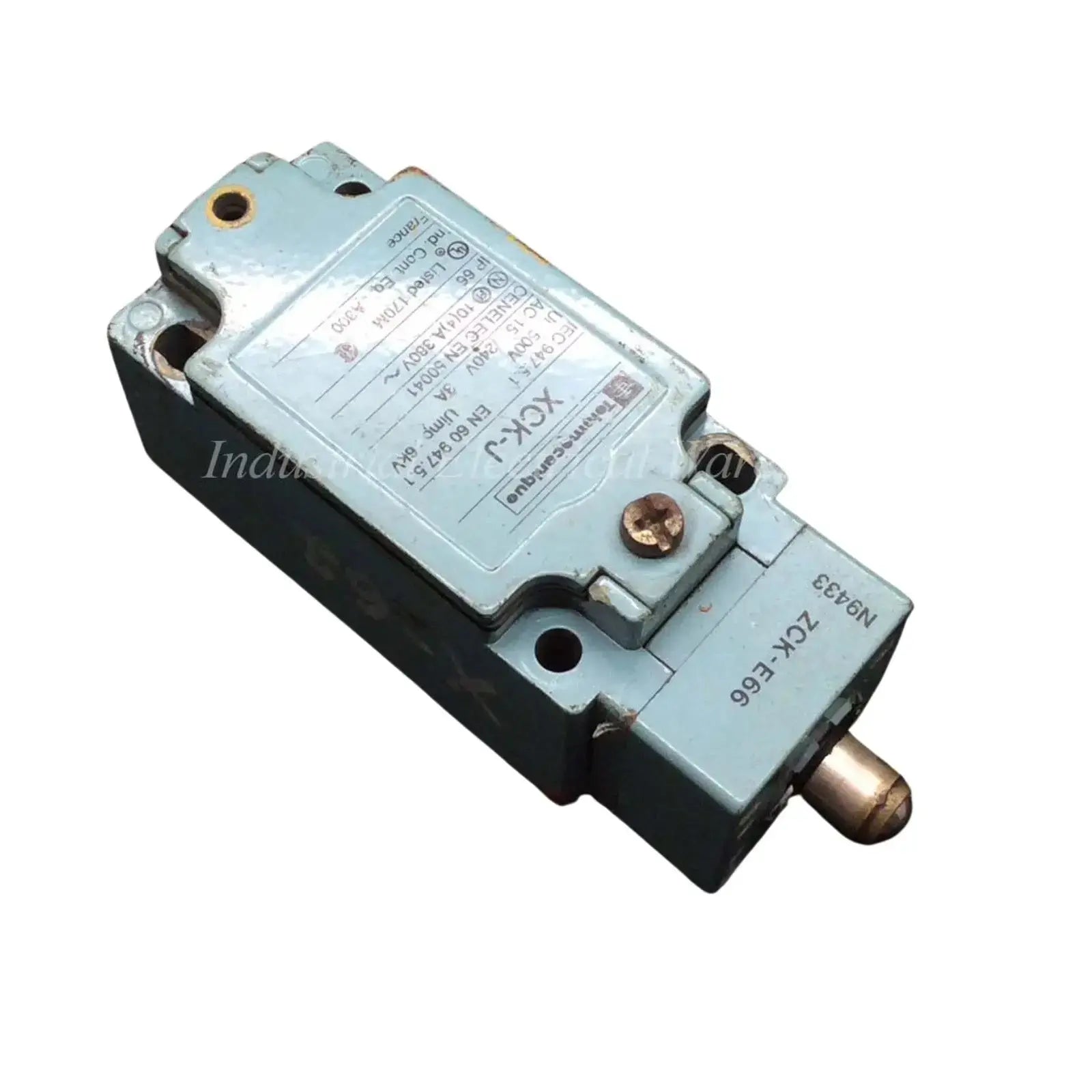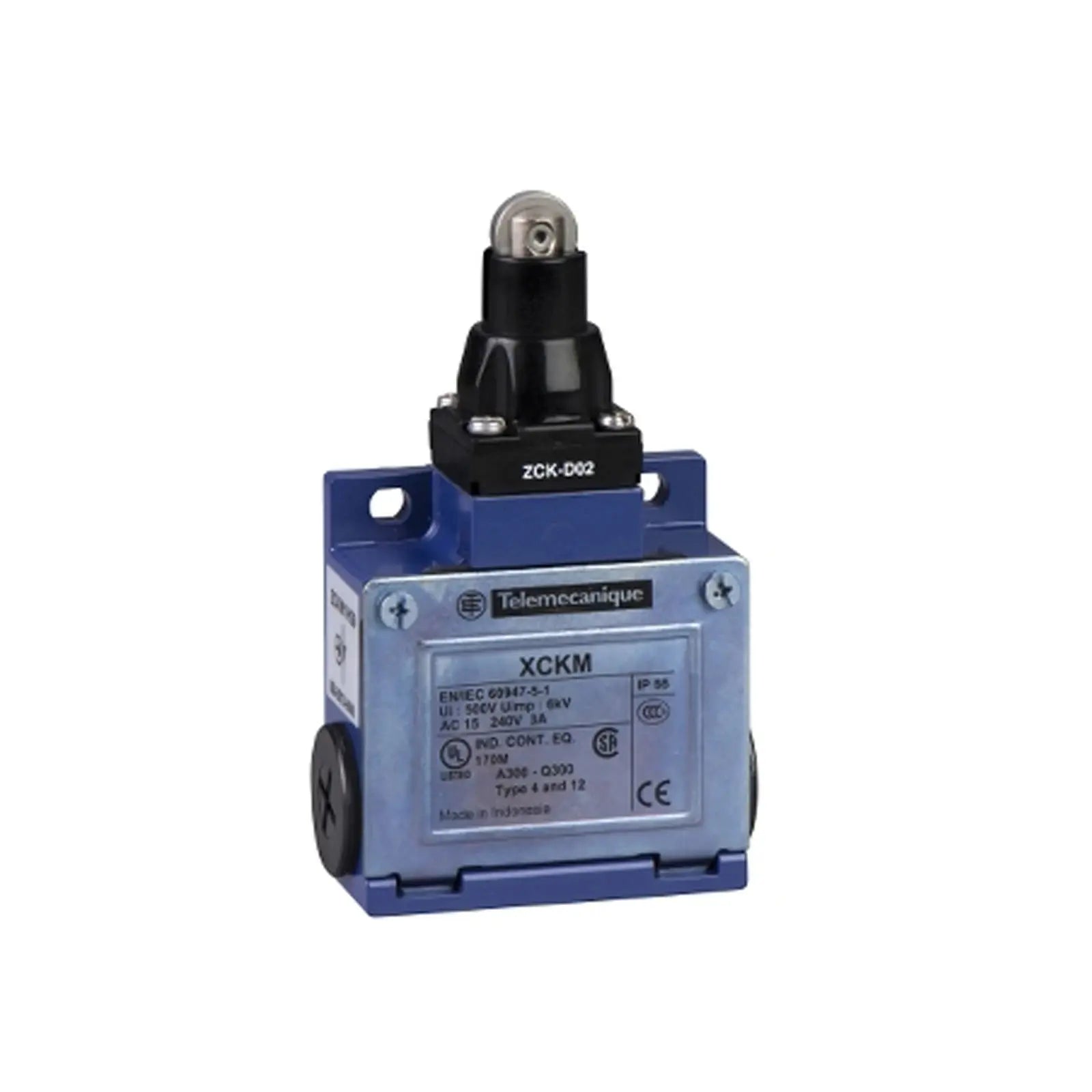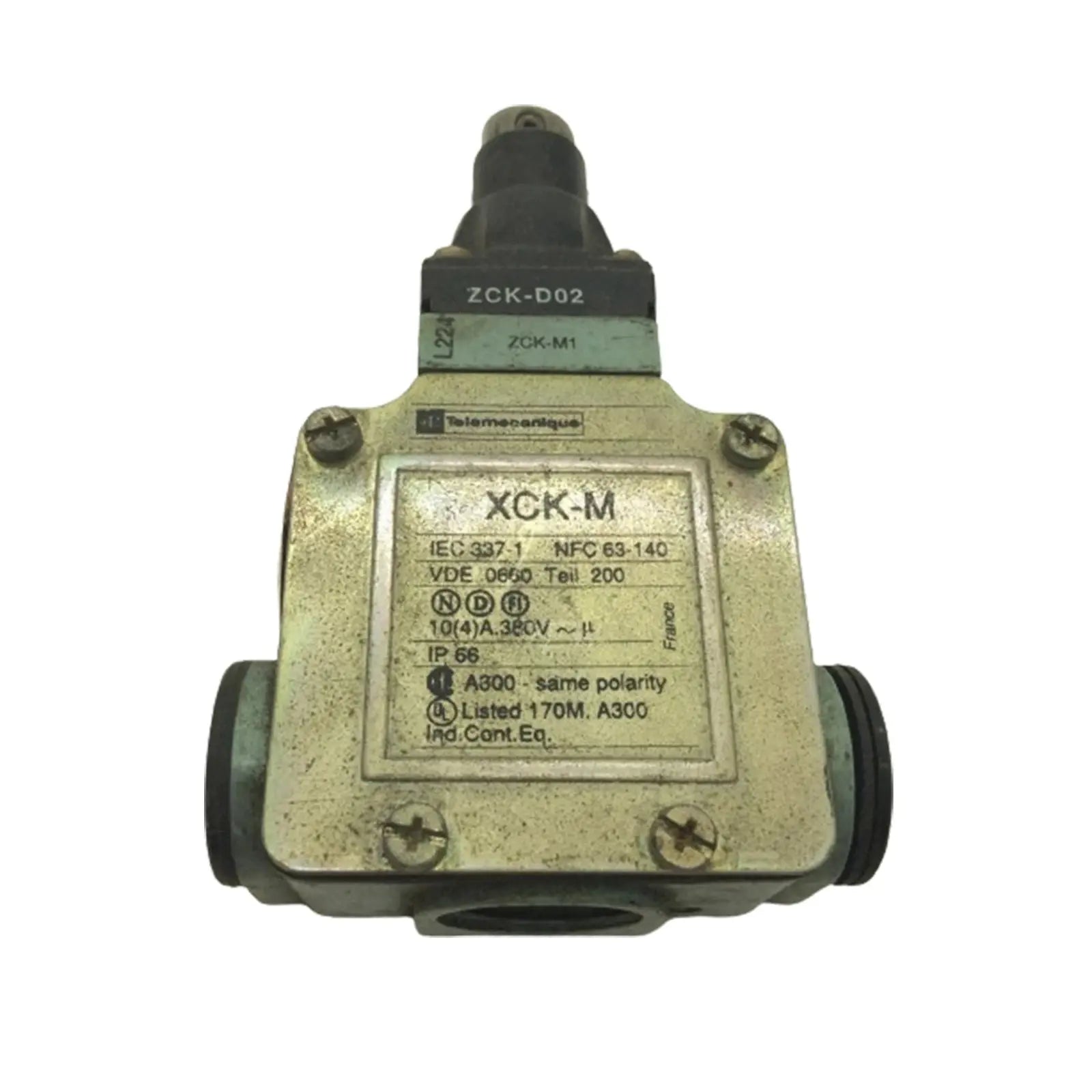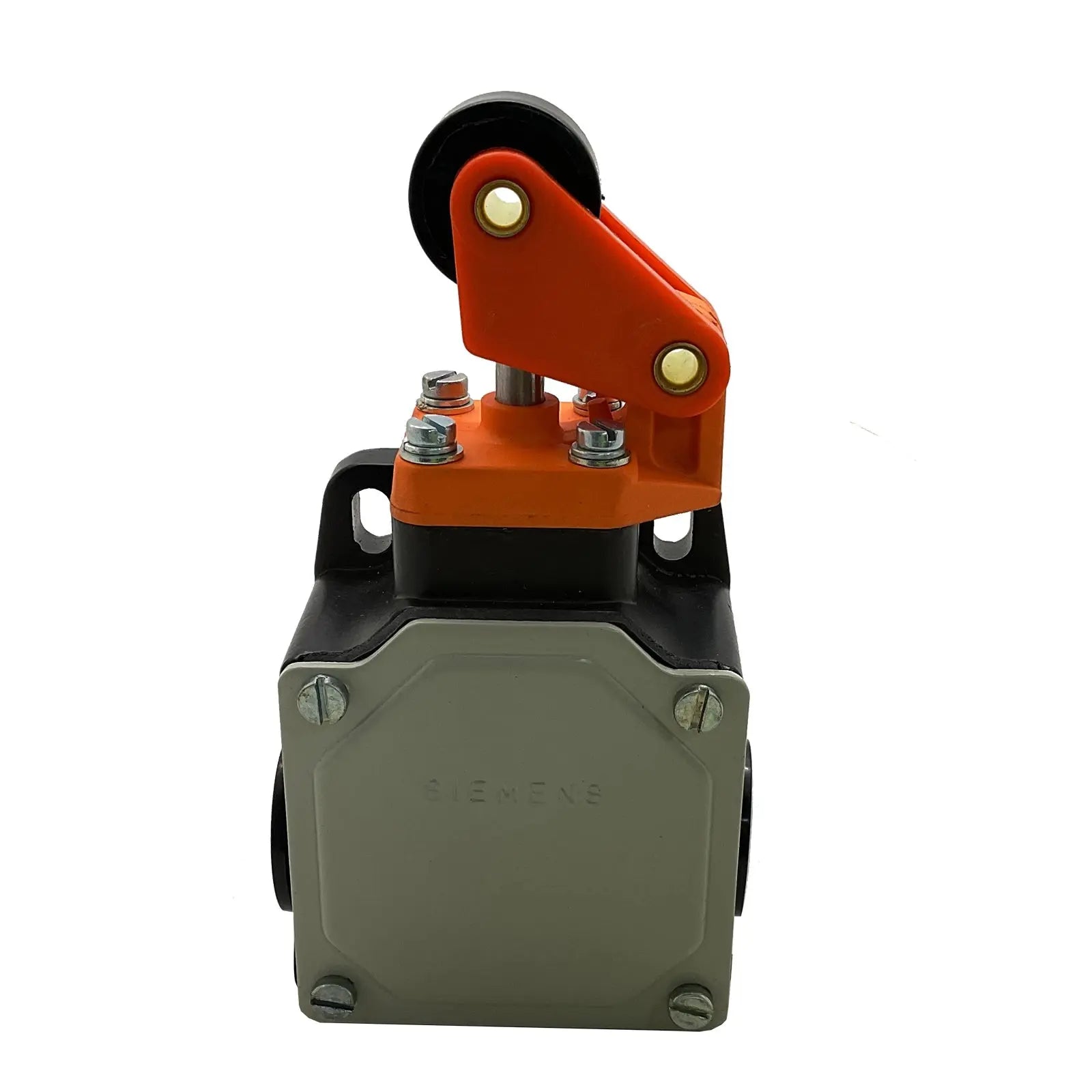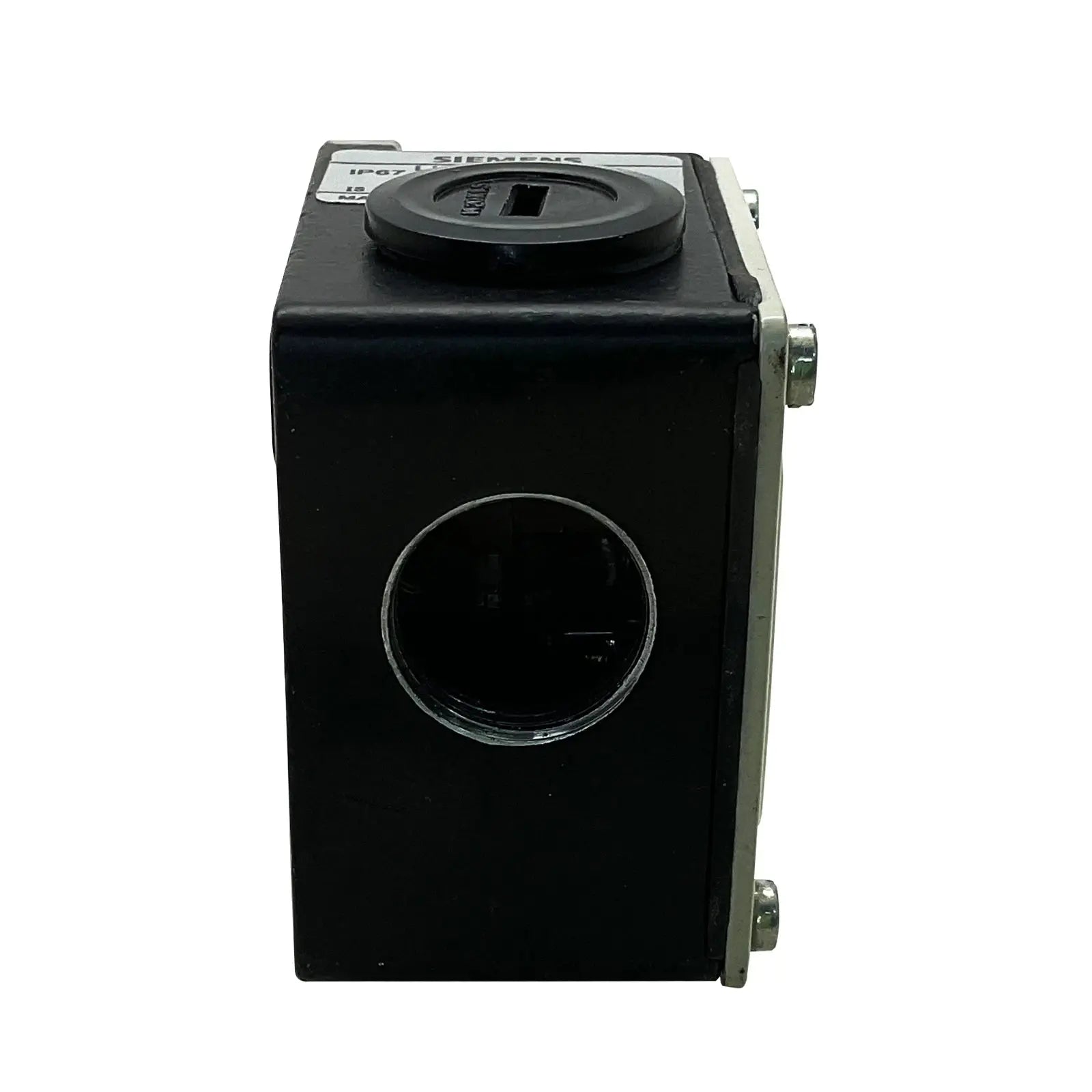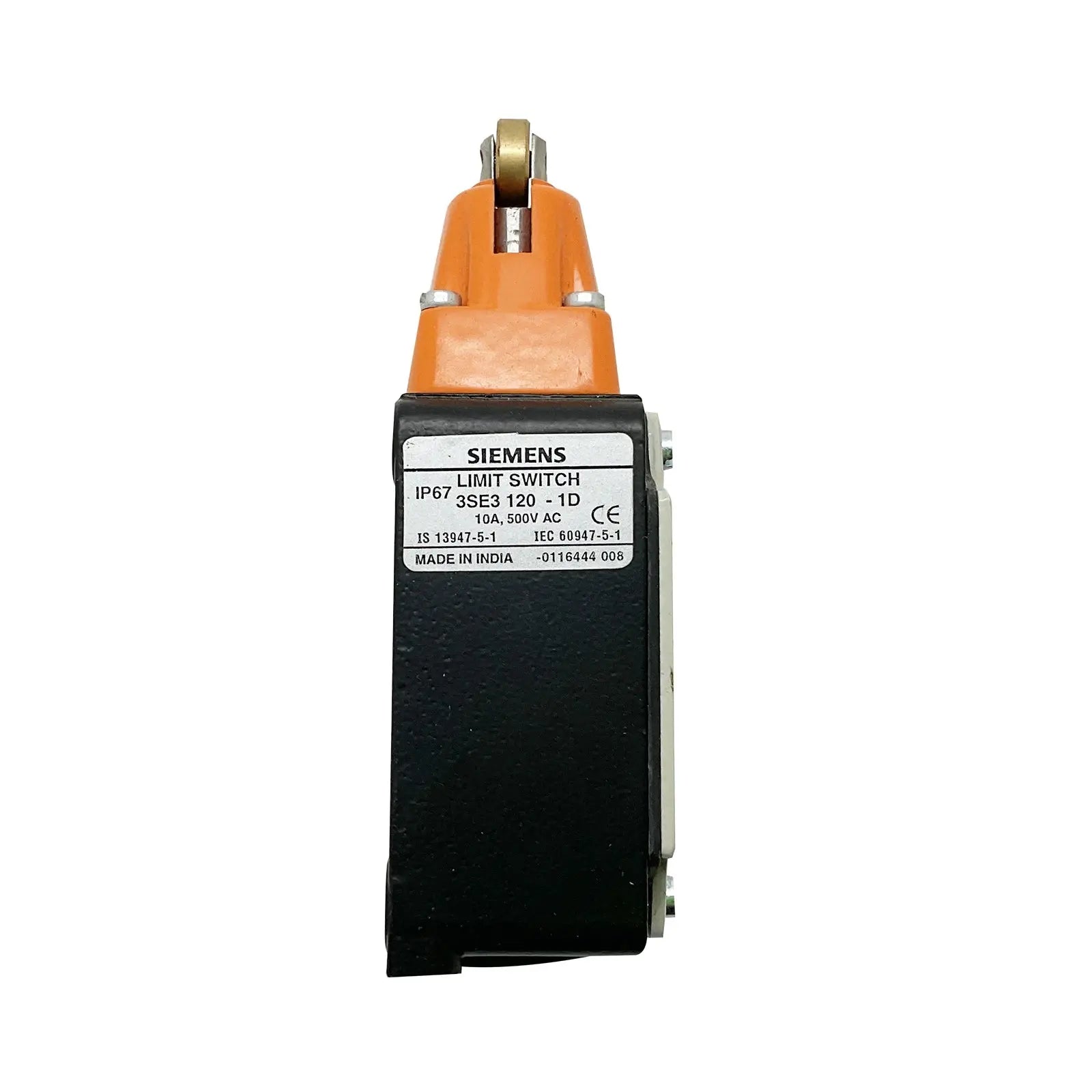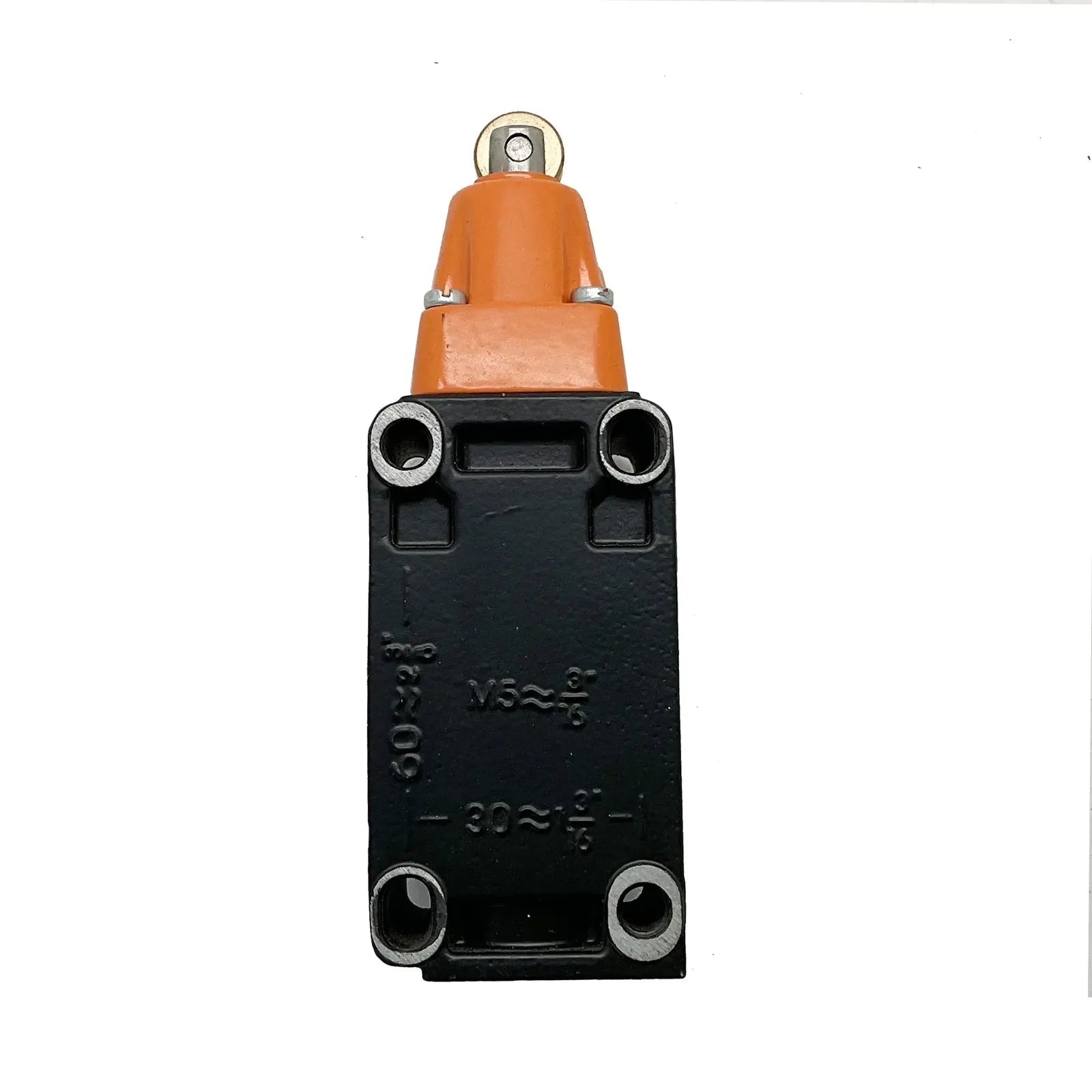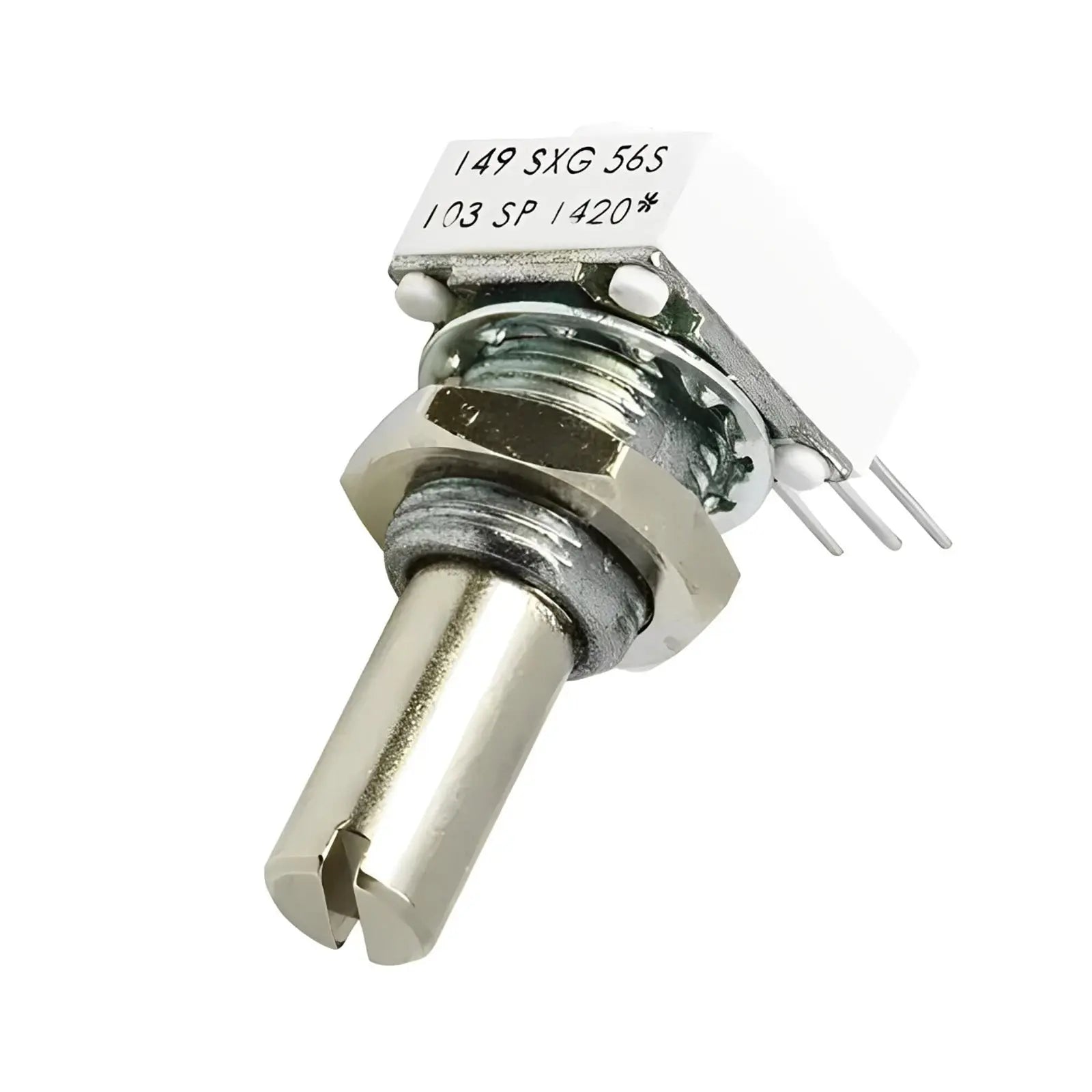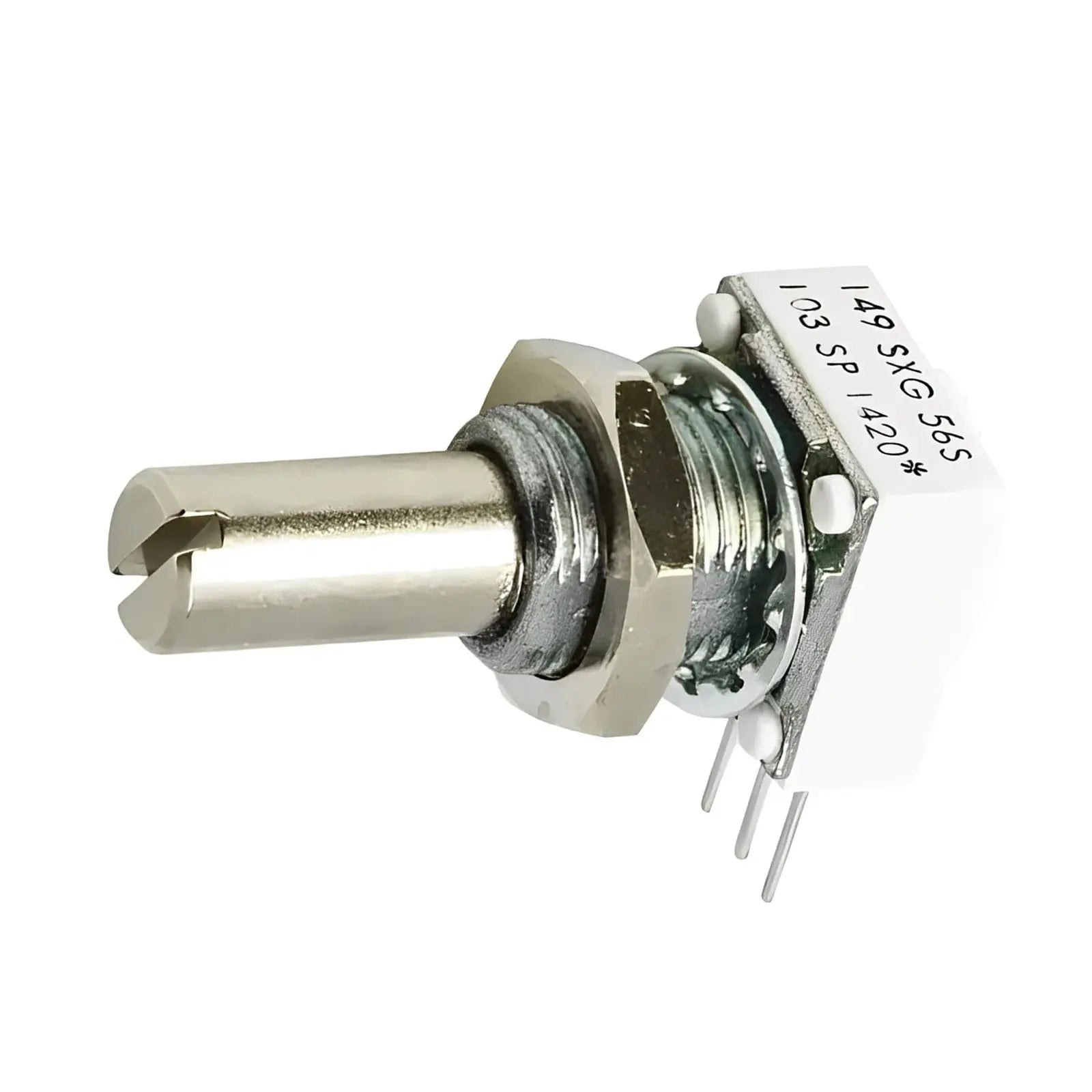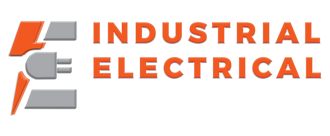Interruptores de límite: control y monitorización precisos en entornos industriales
En el mundo de la automatización industrial, el control y la monitorización de precisión son cruciales para el correcto funcionamiento de las máquinas y los procesos. Un componente esencial para lograr este nivel de control es el interruptor de límite. Comprender los fundamentos de los interruptores de límite es esencial para cualquier persona que trabaje en el sector industrial.
Comprensión de los conceptos básicos de los interruptores de límite
Definición y función de los interruptores de límite
Un interruptor de límite es un dispositivo que se utiliza para detectar la presencia o ausencia de un objeto, generalmente por medios mecánicos. Consta de un actuador y un conjunto de contactos, que se activan cuando el actuador entra en contacto con el objeto monitoreado. La función principal del interruptor es proporcionar una indicación fiable y precisa de la posición o el límite del objeto.
Los interruptores de límite desempeñan un papel crucial en diversas industrias y aplicaciones. Por ejemplo, en plantas de fabricación, se utilizan para garantizar que las máquinas se detengan al alcanzar una posición o límite específico. Esto ayuda a prevenir daños en los equipos y garantiza la seguridad de los operarios. En sistemas automatizados, se utilizan para controlar el movimiento de los brazos robóticos, garantizando un posicionamiento preciso y evitando colisiones.
Tipos de interruptores de límite
Los interruptores de límite vienen en varios tipos para adaptarse a diferentes requisitos de aplicación. Los tipos más comunes incluyen:
Interruptores de límite estándar: Estos interruptores cuentan con un actuador mecánico y son adecuados para aplicaciones de uso general. Son conocidos por su durabilidad y fiabilidad, lo que los convierte en una opción popular en industrias como la automotriz, el embalaje y la manipulación de materiales.
Interruptores de límite de proximidad: En lugar de un actuador mecánico, estos interruptores utilizan tecnologías electrónicas o magnéticas para detectar la presencia de un objeto. Se suelen utilizar en aplicaciones donde no es deseable el contacto físico con el objeto monitoreado, como en salas blancas o entornos peligrosos.
Interruptores de límite de seguridad: Estos interruptores están diseñados para garantizar la seguridad del personal y los equipos mediante la monitorización de parámetros críticos y la activación de las acciones pertinentes en caso de emergencia. Cuentan con características adicionales como contactos redundantes, carcasas a prueba de manipulaciones y funciones de automonitoreo.
Cada tipo de interruptor de límite tiene sus propias ventajas y es adecuado para aplicaciones específicas. Elegir el tipo correcto de interruptor de límite es crucial para garantizar un rendimiento y una fiabilidad óptimos en cada aplicación.
Componentes clave de los interruptores de límite
Comprender los componentes clave de los interruptores de límite es fundamental para comprender su funcionamiento. Los componentes principales incluyen:
Actuador: La parte del interruptor de límite que entra en contacto con el objeto monitoreado. Puede ser una palanca, un rodillo, un émbolo o cualquier otro mecanismo que permita al interruptor detectar la posición del objeto.
Contactos: Son los interruptores eléctricos que se abren o cierran al activarse el actuador. Los contactos se encargan de enviar señales al sistema de control o a la fuente de alimentación, indicando la posición del objeto.
Carcasa: La carcasa protectora que alberga los componentes internos del interruptor de límite. Está diseñada para brindar protección mecánica y ambiental, garantizando así la longevidad y el rendimiento del interruptor en diversas condiciones de funcionamiento.
Terminales de conexión: Se utilizan para conectar el interruptor de límite al sistema de control o a la fuente de alimentación. Estos terminales facilitan la instalación y el cableado, garantizando una conexión segura y fiable.
Cada componente desempeña un papel crucial en el funcionamiento general del interruptor de límite. El actuador detecta la posición del objeto, los contactos proporcionan señales eléctricas, la carcasa protege los componentes internos y los terminales de conexión facilitan la integración en el sistema.
Al comprender los fundamentos de los interruptores de límite, incluyendo su definición, función, tipos y componentes clave, podrá tomar decisiones informadas al seleccionar y utilizar estos dispositivos en sus aplicaciones. Ya sea para garantizar la seguridad, mejorar la eficiencia o lograr un control preciso, los interruptores de límite son una herramienta esencial en el mundo de la automatización y el control.
El papel de los interruptores de límite en entornos industriales
Importancia del control y la monitorización precisos
El control y la monitorización precisos son vitales en entornos industriales para garantizar un funcionamiento eficiente y fiable. Los interruptores de límite, con su capacidad para detectar la posición y los límites con precisión, desempeñan un papel fundamental para lograr este objetivo. Permiten que las máquinas y los procesos realicen tareas con precisión, lo que se traduce en una mayor productividad y una reducción del tiempo de inactividad.
Aplicaciones de los interruptores de límite en diferentes industrias
Los interruptores de límite se utilizan en una amplia gama de industrias gracias a su versatilidad y fiabilidad. Algunas aplicaciones comunes incluyen:
Fabricación: Los interruptores de límite se utilizan para detectar la presencia o ausencia de componentes en las líneas de montaje y para controlar los movimientos robóticos.
Automotriz: Estos interruptores se emplean en plantas de fabricación de automóviles para el control de calidad y la detección del posicionamiento adecuado de las piezas del automóvil.
Manejo de materiales: Los interruptores de límite son cruciales en los sistemas transportadores, ya que garantizan una alineación adecuada y evitan atascos o sobrecargas.
Petróleo y gas: En entornos peligrosos, los interruptores de límite brindan seguridad al monitorear las posiciones de las válvulas y garantizar el funcionamiento adecuado.
Medidas de seguridad habilitadas por interruptores de límite
La seguridad industrial es fundamental, y los interruptores de límite contribuyen significativamente a mantener un entorno de trabajo seguro. Permiten detectar la presencia o ausencia de resguardos de seguridad, botones de parada de emergencia y otros componentes de seguridad esenciales. En caso de cualquier desviación de la posición normal, los interruptores de límite pueden activar paradas inmediatas o señales de advertencia para prevenir accidentes o lesiones.
Además, los interruptores de límite no solo son esenciales para la seguridad, sino también para optimizar los procesos. Por ejemplo, en la industria manufacturera, los interruptores de límite desempeñan un papel crucial para garantizar la alineación precisa de los componentes en las líneas de montaje. Al detectar con precisión la presencia o ausencia de estos componentes, los interruptores de límite permiten automatizar los procesos de control de calidad, lo que se traduce en una mayor consistencia del producto y una reducción de los desperdicios.
En la industria automotriz, los interruptores de límite se utilizan no solo para el control de calidad, sino también para mejorar la eficiencia general de las líneas de producción. Al detectar la correcta posición de las piezas del automóvil, los interruptores de límite permiten procesos automatizados como la soldadura y el pintado, garantizando que cada componente se encuentre en su lugar. Este nivel de precisión y automatización reduce el riesgo de errores y mejora la velocidad y la precisión del proceso de fabricación.
La tecnología detrás de los interruptores de límite
Cómo funcionan los interruptores de límite
Los interruptores de límite funcionan según un principio simple pero eficaz. Cuando el actuador entra en contacto con el objeto monitoreado, aplica fuerza a los componentes internos del interruptor. Esta fuerza provoca que los contactos internos se abran o cierren, según el diseño. Estos contactos están conectados a un sistema de control o fuente de alimentación, lo que les permite enviar señales sobre la posición o el límite del objeto.
Avances tecnológicos en el diseño de interruptores de límite
Con el paso de los años, la tecnología de interruptores de límite ha evolucionado para satisfacer las exigentes necesidades de las aplicaciones industriales modernas. Los avances tecnológicos han dado lugar al desarrollo de:
Interruptores de límite en miniatura: de tamaño más pequeño, estos interruptores ofrecen el mismo nivel de precisión y confiabilidad que sus contrapartes más grandes, pero son adecuados para aplicaciones con limitaciones de espacio.
Interruptores de límite inalámbricos: al eliminar la necesidad de cableado físico, estos interruptores brindan flexibilidad y facilidad de instalación en ubicaciones remotas o de difícil acceso.
Interruptores de límite inteligentes: equipados con sensores avanzados y capacidades de comunicación, estos interruptores pueden proporcionar datos en tiempo real e integrarse perfectamente en los sistemas de control industrial.
Los interruptores de límite miniatura son cada vez más populares en industrias donde el espacio es limitado. Su tamaño compacto permite una fácil integración en espacios reducidos sin comprometer la precisión ni la fiabilidad. Estos interruptores están diseñados con precisión y fabricados para soportar las exigencias de los entornos industriales más exigentes. Gracias a su tamaño compacto, ofrecen una solución rentable para aplicaciones donde interruptores de mayor tamaño resultarían poco prácticos.
Los interruptores de límite inalámbricos han revolucionado el diseño e implementación de los sistemas de automatización industrial. Al eliminar la necesidad de cableado físico, estos interruptores ofrecen mayor flexibilidad de instalación y reducen los costos de mantenimiento. Se pueden implementar fácilmente en ubicaciones remotas o de difícil acceso, lo que permite una monitorización y un control eficientes de los equipos. Gracias a los avances en la tecnología inalámbrica, estos interruptores ahora ofrecen una comunicación fiable y segura, garantizando una integración perfecta con los sistemas existentes.
Los interruptores de límite inteligentes han revolucionado el panorama de la automatización industrial. Equipados con sensores avanzados y capacidades de comunicación, estos interruptores pueden proporcionar datos en tiempo real sobre diversos parámetros, como la posición, la temperatura y la vibración. Estos datos pueden utilizarse para el mantenimiento predictivo, la optimización de los procesos de producción y la mejora de la eficiencia general del sistema. Gracias a su capacidad de integración en los sistemas de control industrial, los interruptores de límite inteligentes permiten una automatización avanzada y una toma de decisiones más eficaz, lo que se traduce en una mayor productividad y un ahorro de costes.
Tendencias futuras en la tecnología de interruptores de límite
A medida que la tecnología avanza, el futuro de los interruptores de límite se presenta prometedor. Algunas tendencias potenciales en la tecnología de interruptores de límite incluyen:
Integración con el IoT: Los interruptores de límite podrían integrarse en el ecosistema del Internet de las Cosas (IoT), lo que permite un control y una monitorización más inteligentes y automatizados. Al conectar los interruptores de límite a una red, se pueden recopilar y analizar datos en tiempo real, lo que facilita el mantenimiento proactivo y optimiza la eficiencia operativa.
Mayor durabilidad: Los fabricantes trabajan constantemente para mejorar la durabilidad y la fiabilidad de los interruptores de límite, garantizando su resistencia a entornos industriales hostiles. Esto incluye avances en materiales, técnicas de sellado y recubrimientos protectores, lo que aumenta la resistencia de los interruptores de límite al polvo, la humedad y las temperaturas extremas.
Mayor capacidad de detección: Los futuros interruptores de límite podrían contar con capacidades de detección mejoradas, lo que les permitirá detectar múltiples parámetros simultáneamente y proporcionar información más detallada. Esto podría incluir la capacidad de medir la presión, el caudal o incluso la composición química, ampliando así su gama de aplicaciones.
Con estos posibles avances en el horizonte, los interruptores de límite están a punto de desempeñar un papel aún más crucial en la automatización industrial. Su fiabilidad, versatilidad y capacidad para proporcionar información crucial sobre la posición y los límites de los objetos los hacen indispensables en diversas industrias, desde la manufactura y la robótica hasta la automoción y la aeroespacial. A medida que la tecnología evoluciona, los interruptores de límite seguirán adaptándose e innovando, lo que permitirá procesos industriales más seguros, eficientes e inteligentes.
Cómo elegir el interruptor de límite adecuado para sus necesidades
Factores a considerar al seleccionar un interruptor de límite
La elección del interruptor de límite adecuado para su aplicación específica requiere una cuidadosa consideración de varios factores, tales como:
Condiciones ambientales: evalúe la temperatura, la humedad y la presencia de polvo o productos químicos para seleccionar un interruptor que pueda soportar estas condiciones.
Fuerza de actuación: Determine la fuerza necesaria para activar el interruptor de límite y garantizar la compatibilidad con el objeto que se está monitoreando.
Clasificaciones eléctricas: verifique las clasificaciones de voltaje y corriente del interruptor para asegurarse de que coincidan con los requisitos de su sistema de control.
Diseño mecánico: considere las opciones de montaje, los materiales de la carcasa y otros aspectos mecánicos para garantizar una fácil integración en su maquinaria o equipo.
Mantenimiento y solución de problemas de los interruptores de límite
El mantenimiento regular y la resolución de problemas son esenciales para garantizar el rendimiento óptimo de los interruptores de límite. Algunas prácticas recomendadas incluyen:
Inspección periódica: inspeccione periódicamente el interruptor para detectar daños físicos, conexiones sueltas o signos de desgaste.
Limpieza: Mantenga el interruptor limpio y libre de residuos o contaminantes que puedan afectar su funcionamiento.
Calibración: Si es necesario, calibre el interruptor para mantener su precisión y confiabilidad.
Pruebas: Realice pruebas periódicas para verificar la funcionalidad del conmutador y realizar los ajustes necesarios.
Mejores prácticas para la instalación de interruptores de límite
El proceso de instalación puede afectar significativamente el rendimiento y la vida útil de los interruptores de límite. Algunas prácticas recomendadas para la instalación incluyen:
Alineación adecuada: asegúrese de que el actuador esté correctamente alineado con el objeto que se está monitoreando para evitar lecturas falsas o mal funcionamiento.
Montaje seguro: utilice el hardware de montaje adecuado para asegurar el interruptor en su lugar, evitando vibraciones o movimientos involuntarios.
Gestión de cables: enrute y proteja adecuadamente los cables del conmutador para evitar daños y mantener las conexiones eléctricas.
Etiquetado y documentación: etiquete claramente cada interruptor para una fácil identificación y mantenga la documentación adecuada para facilitar el mantenimiento y la resolución de problemas.
En conclusión, los interruptores de límite son dispositivos esenciales en entornos industriales, ya que permiten un control y una monitorización precisos. Comprender sus fundamentos, aplicaciones, tecnología y las mejores prácticas para la selección, el mantenimiento y la instalación es crucial para cualquier persona involucrada en la automatización industrial. Al implementar estas directrices, los profesionales de la industria pueden aprovechar el potencial de los interruptores de límite para lograr una mayor eficiencia, seguridad y productividad en sus operaciones.
¿Necesita pedidos al por mayor o recomendaciones de expertos sobre SB-LS?
¿Busca pedidos de SB-LS al por mayor o necesita ayuda para elegir la solución industrial adecuada? Nuestro equipo está aquí para ayudarle con presupuestos personalizados, recomendaciones de productos y asesoramiento técnico. Ya sea electricista, contratista o empresario, ofrecemos soluciones a medida para satisfacer sus necesidades.
📩 ¡ Contáctanos o chatea con nosotros en vivo para obtener asistencia instantánea!
¡Explora nuestra colección de ofertas de locura mensual!
¡No te pierdas los grandes ahorros en nuestra tienda! Descubre las mejores ofertas en:
¡Explora estas categorías ahora y aprovecha las mejores ofertas antes de que se acaben!

